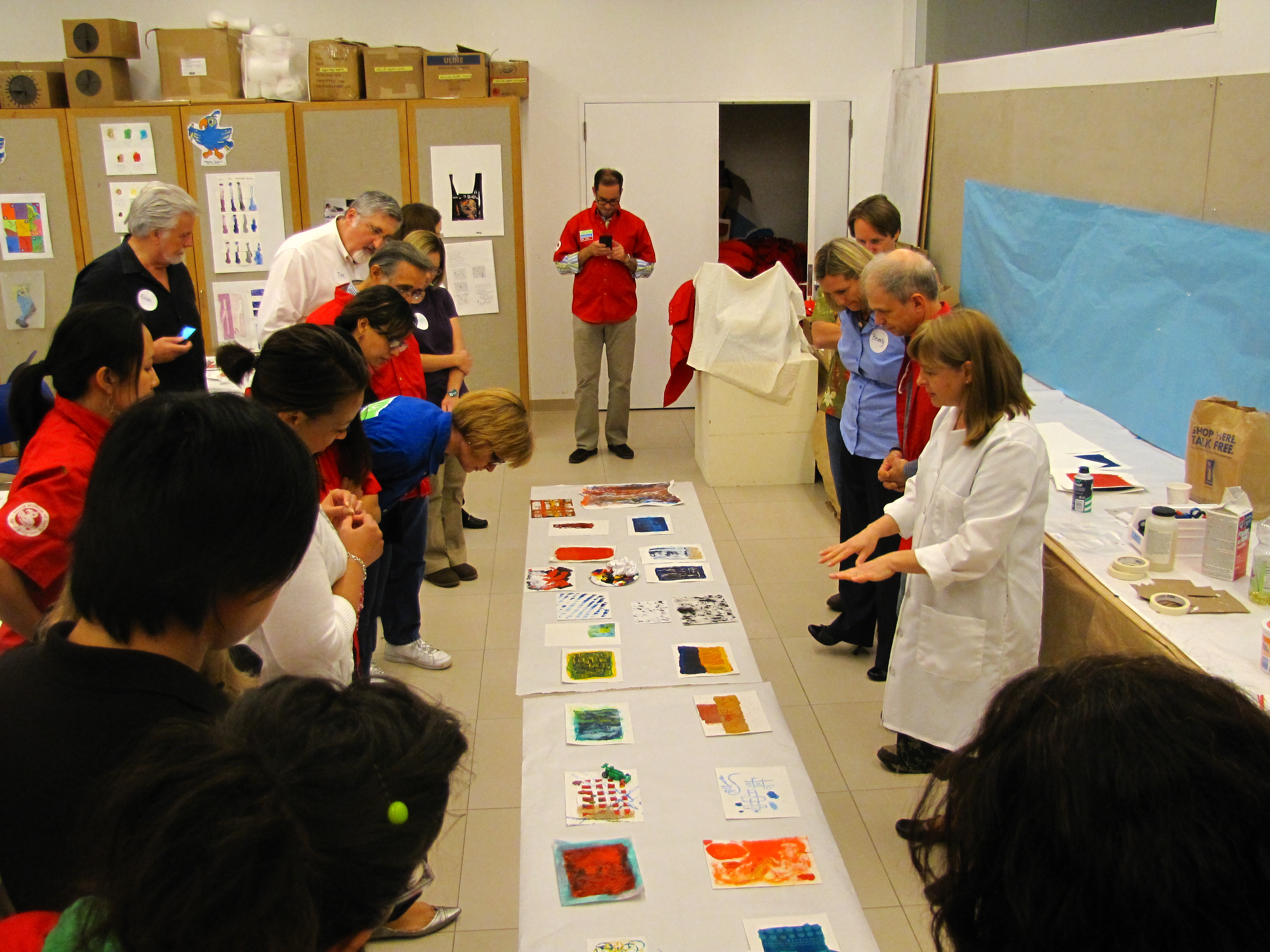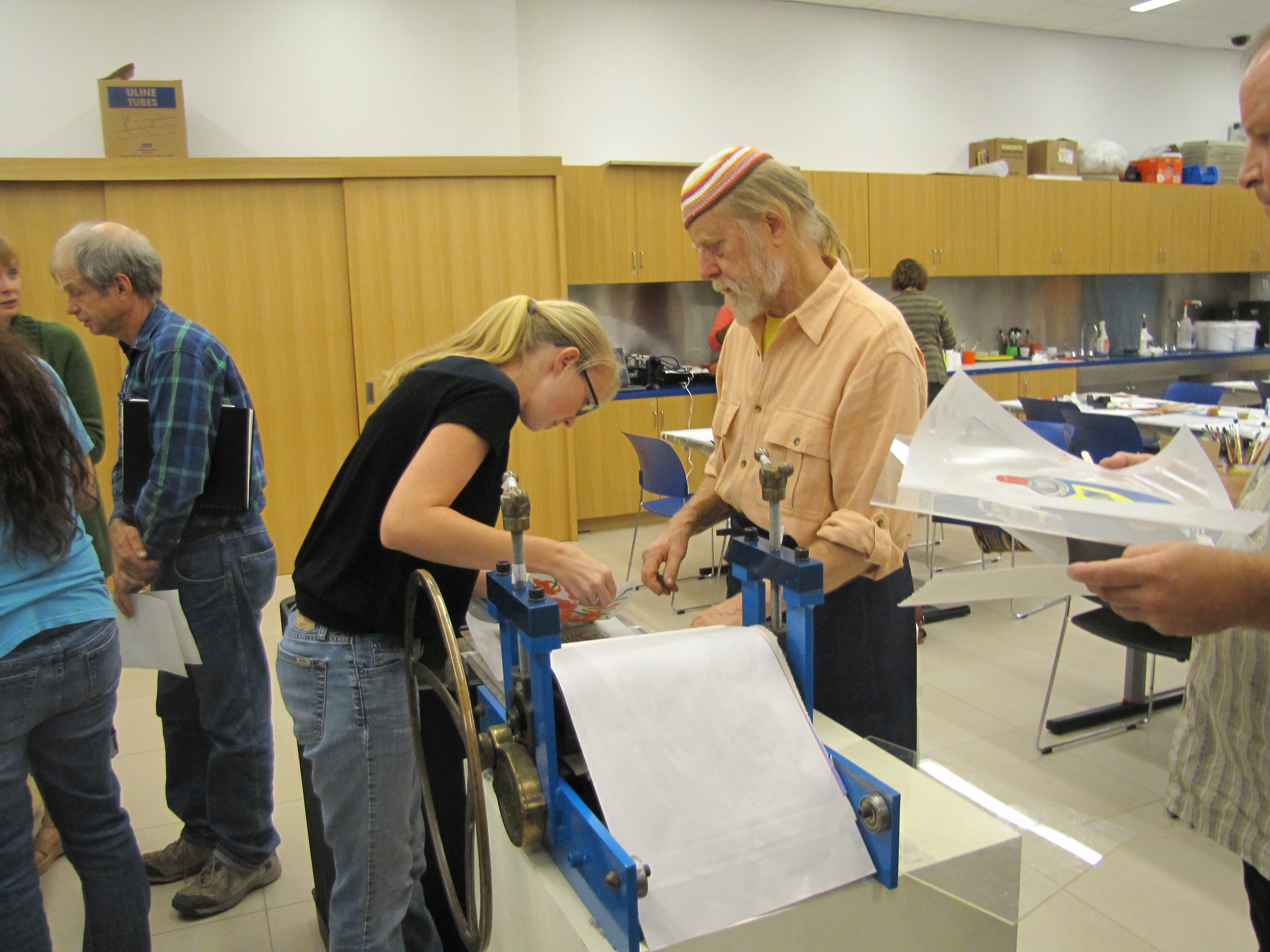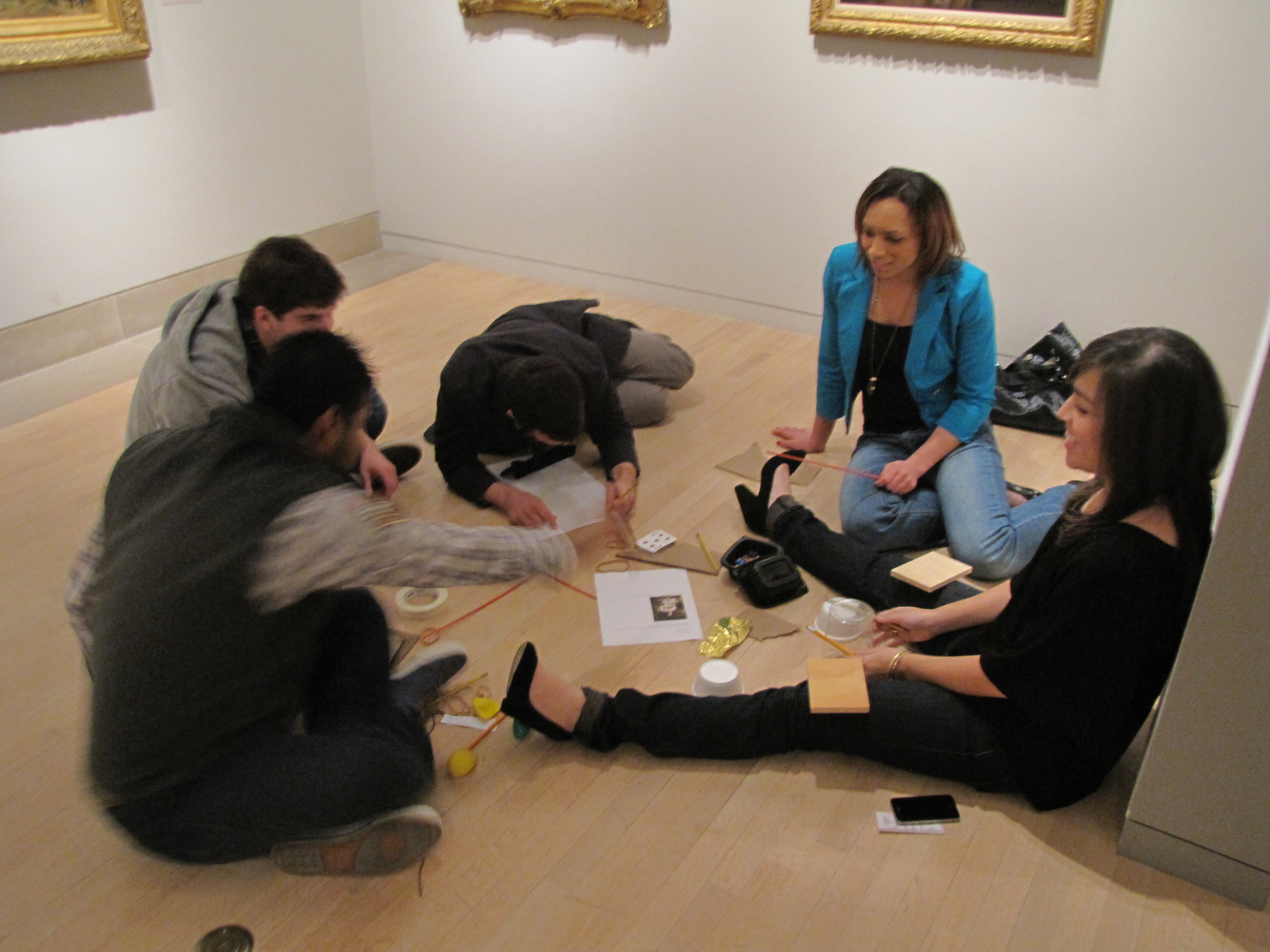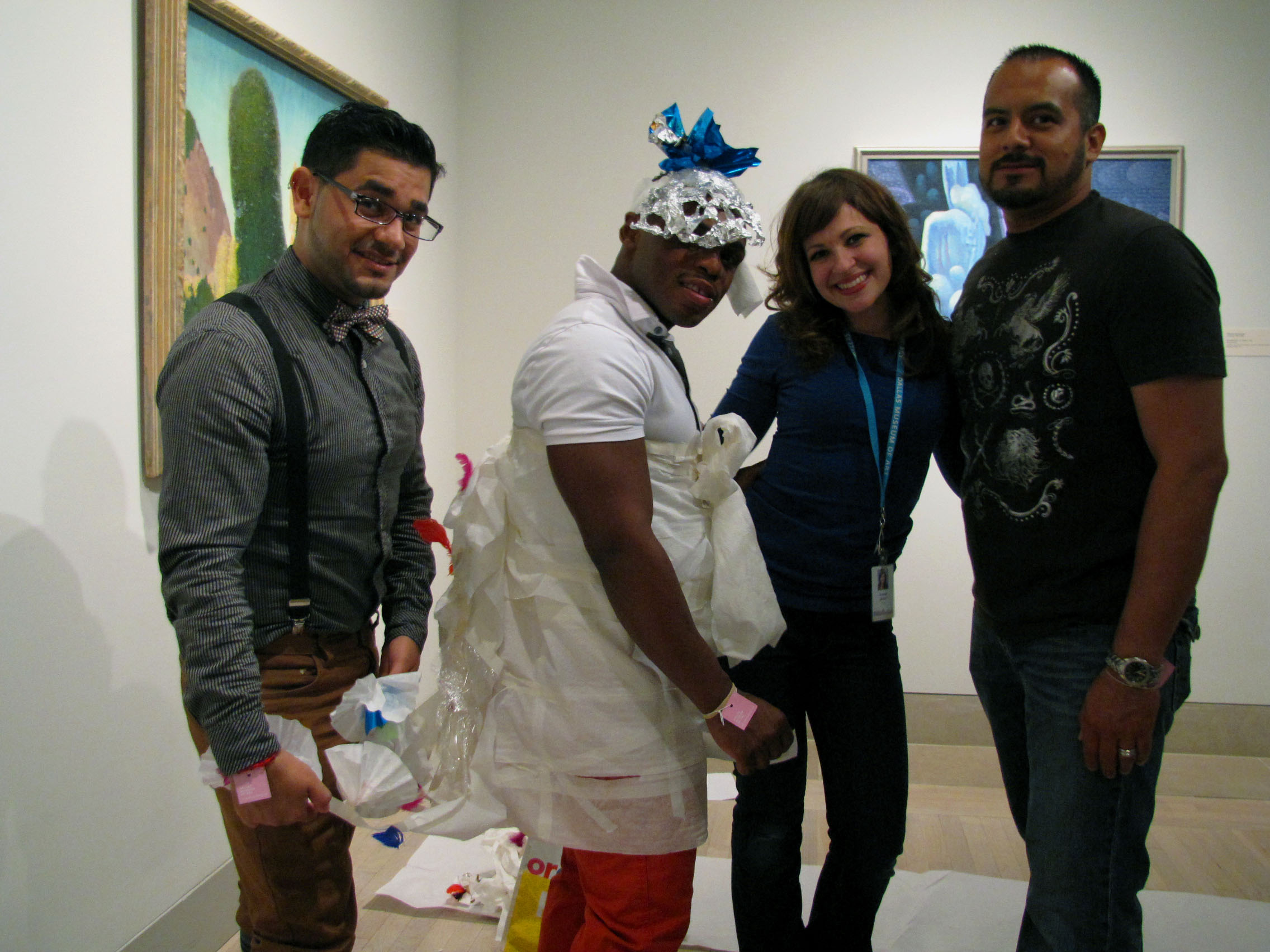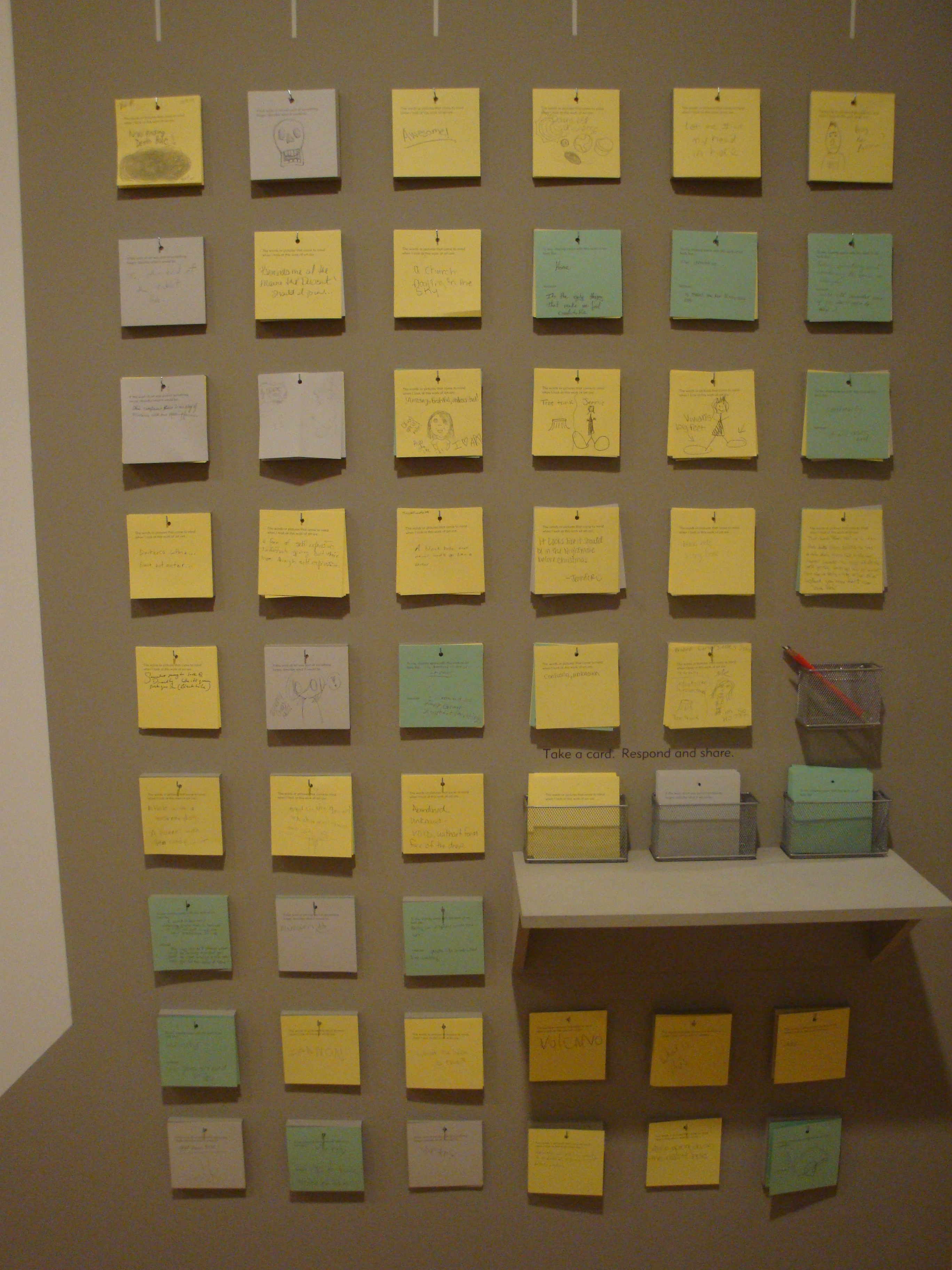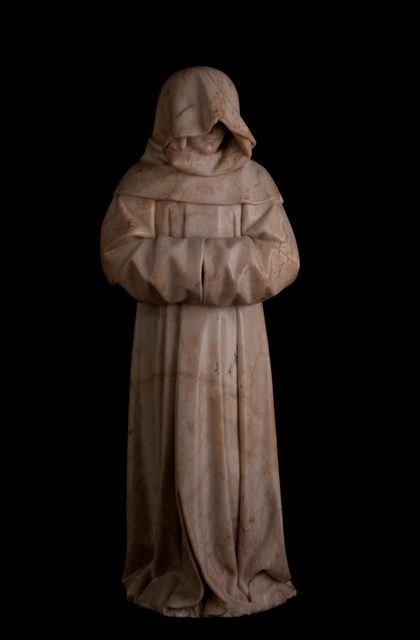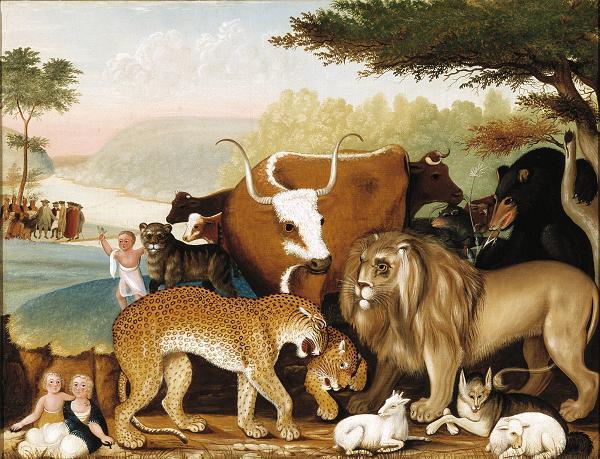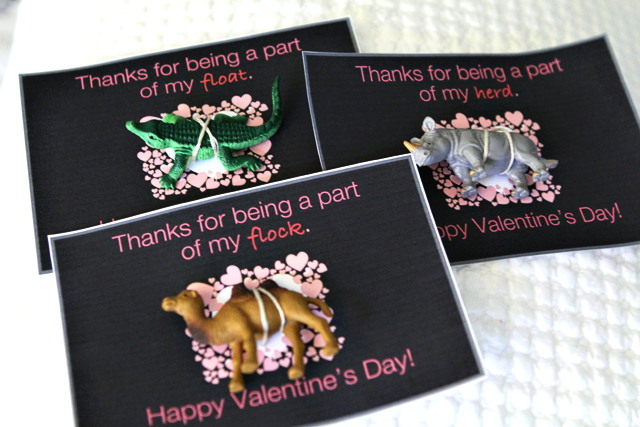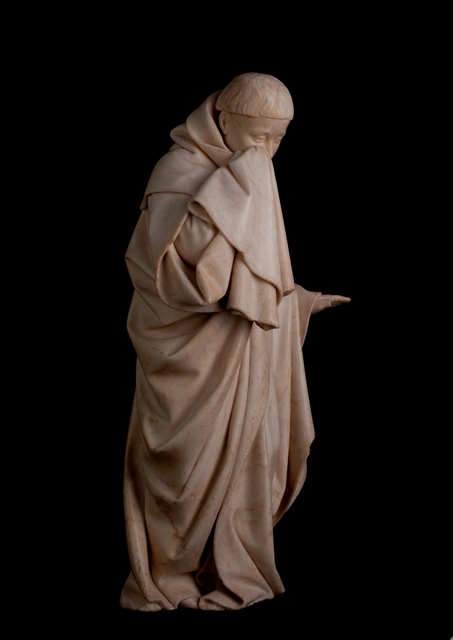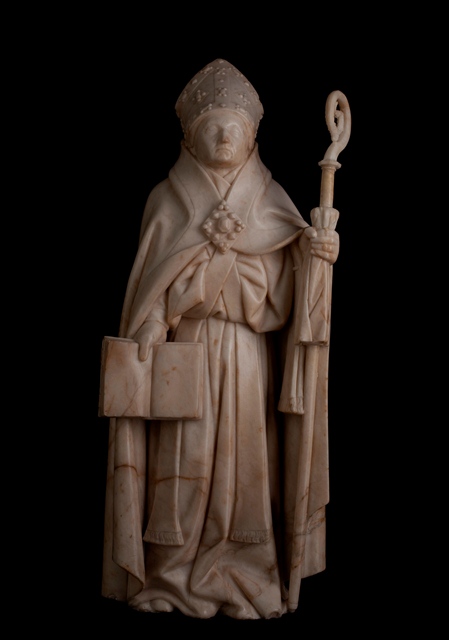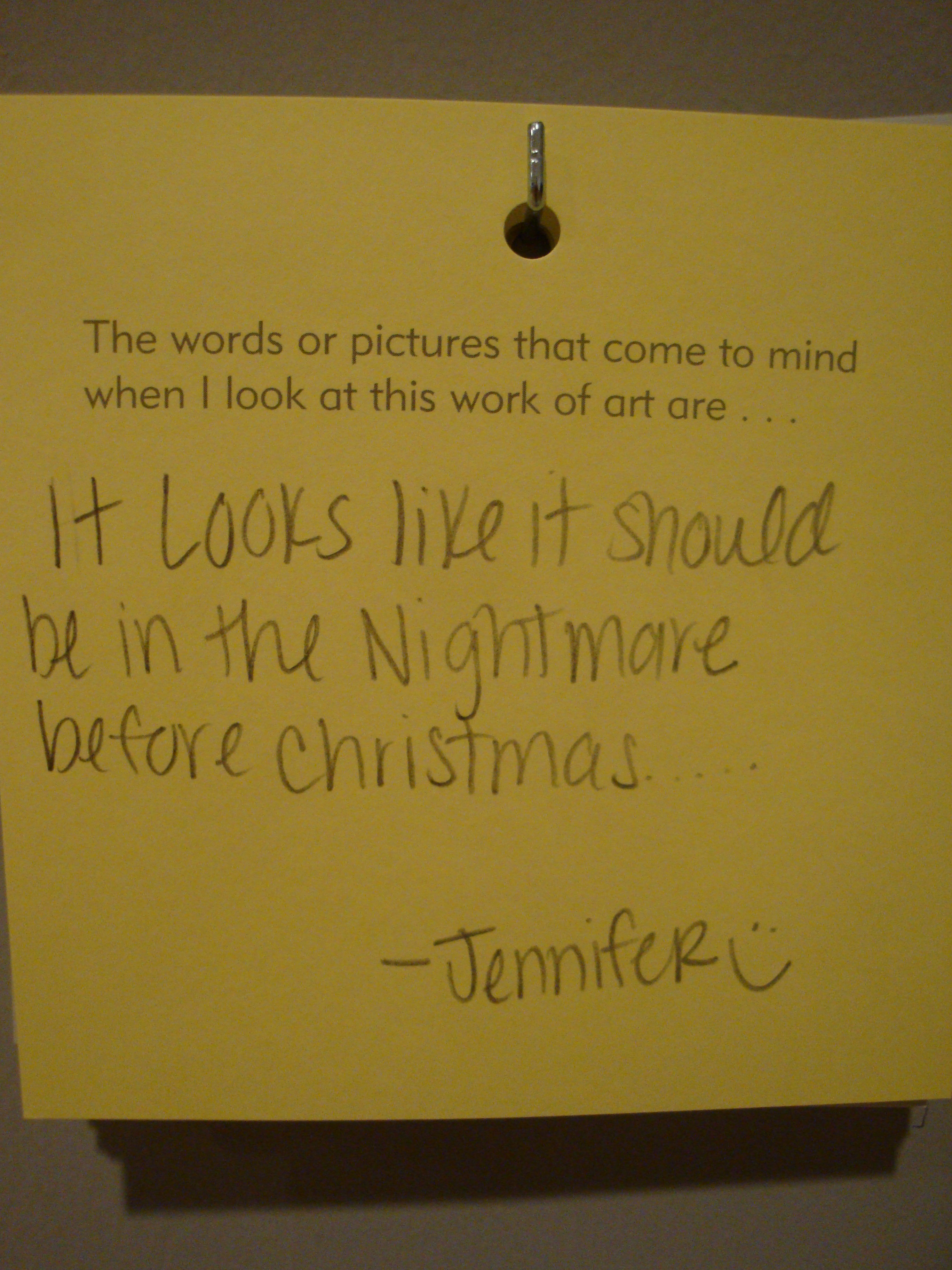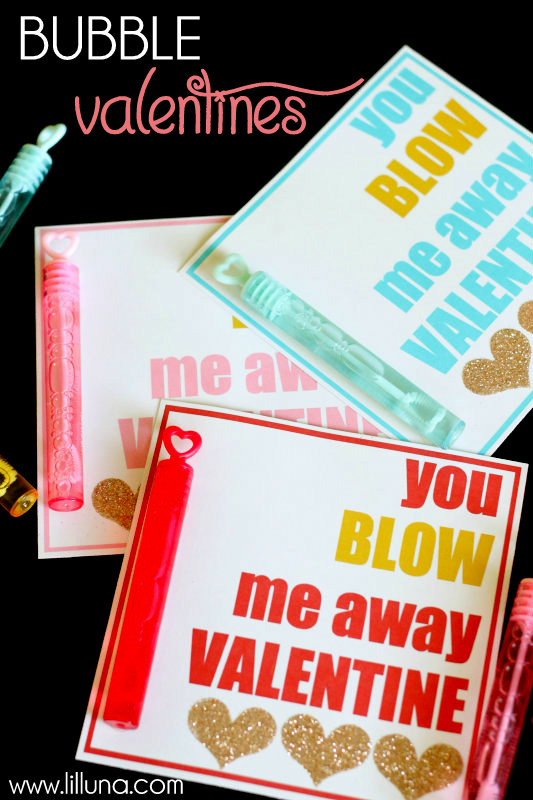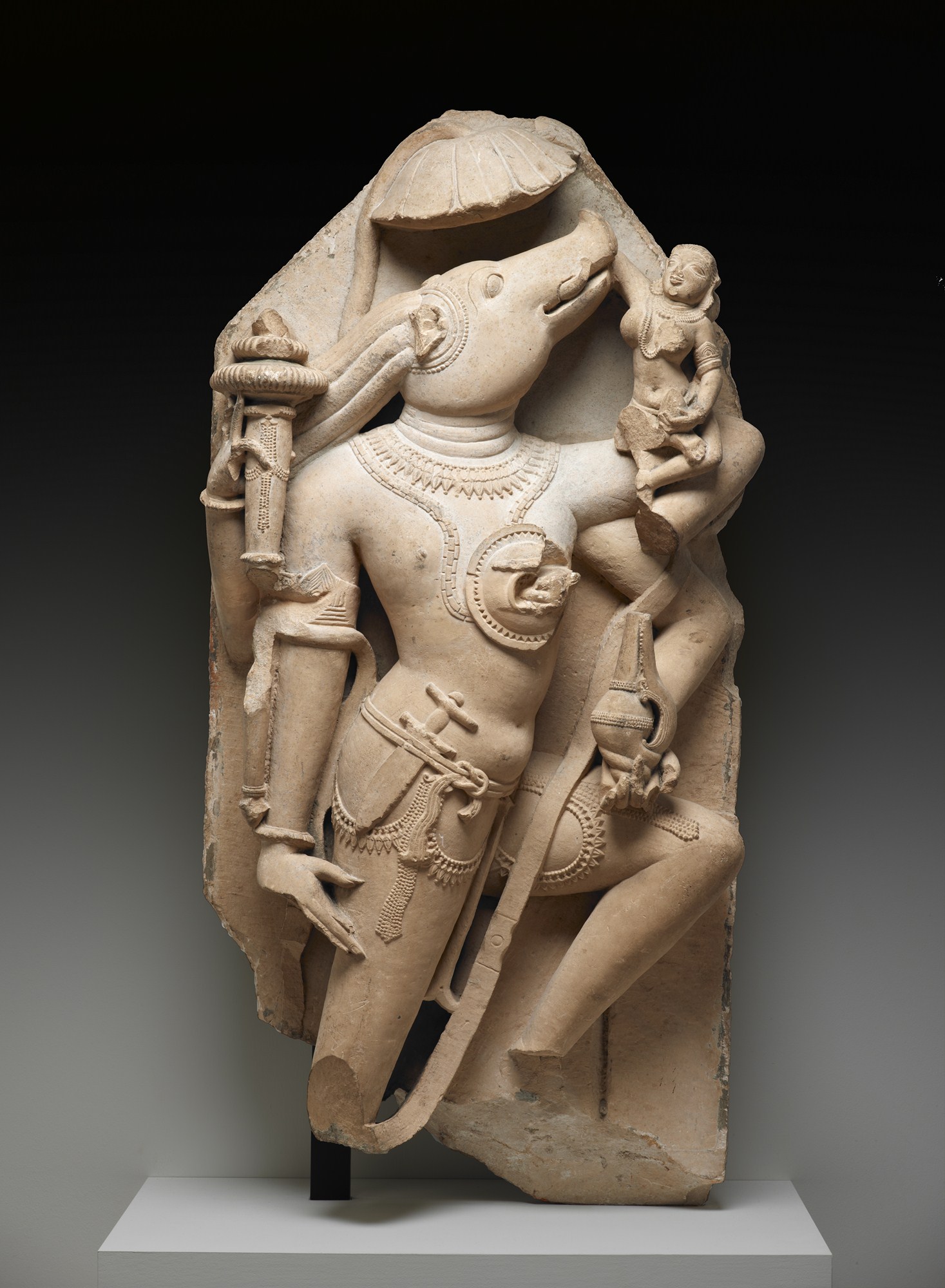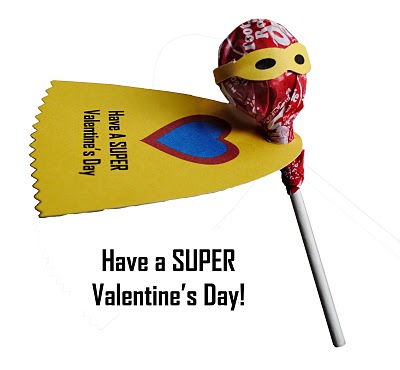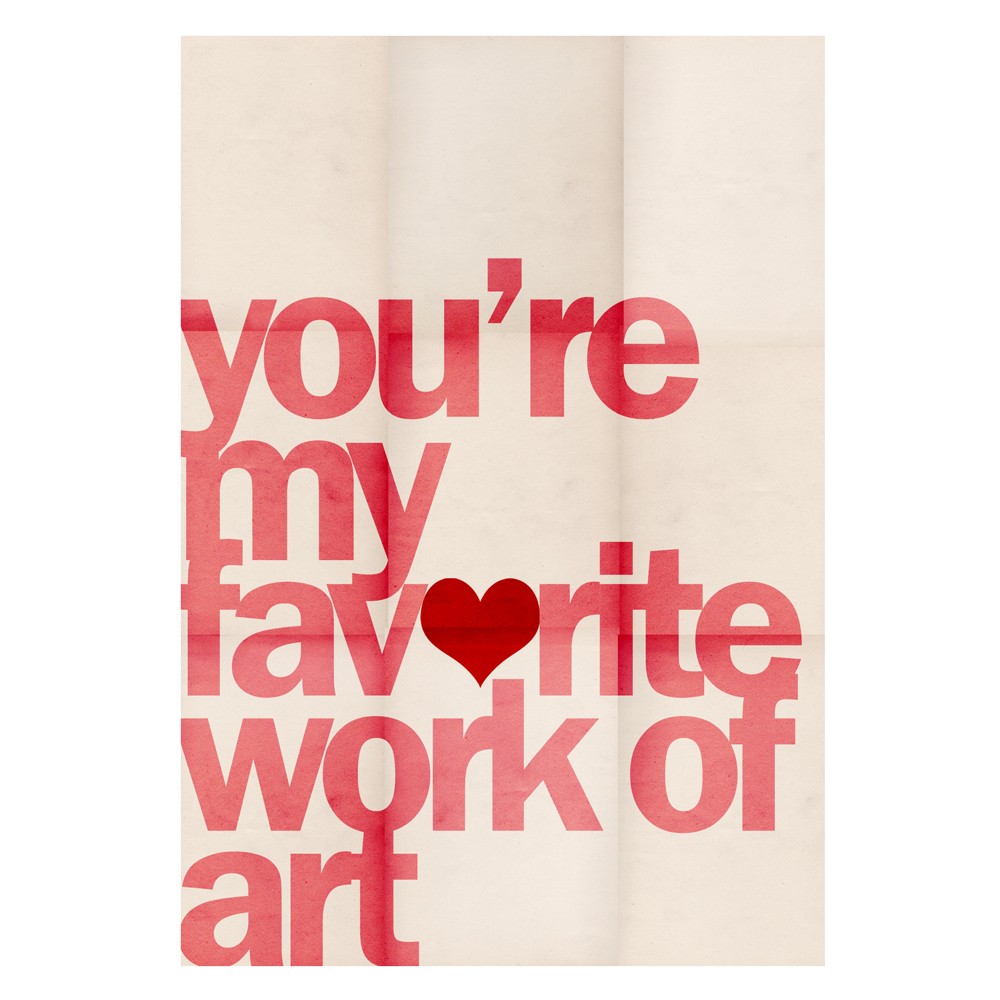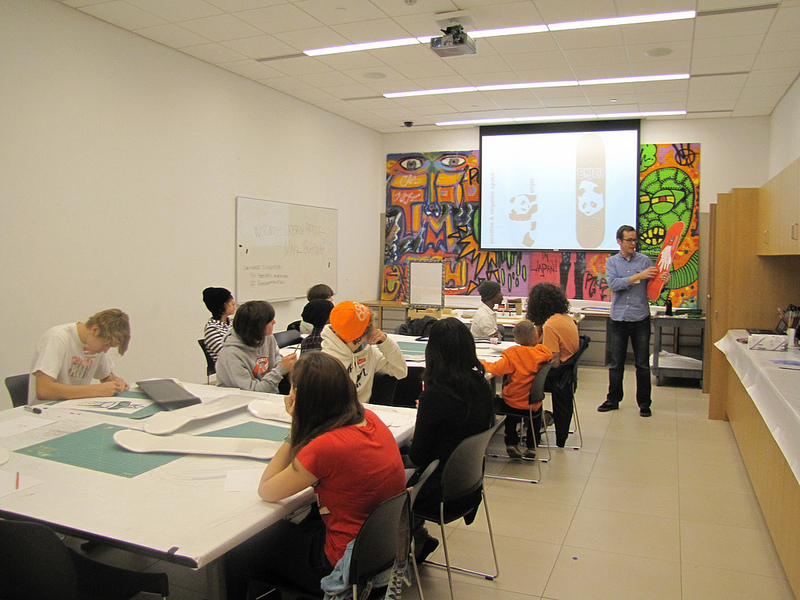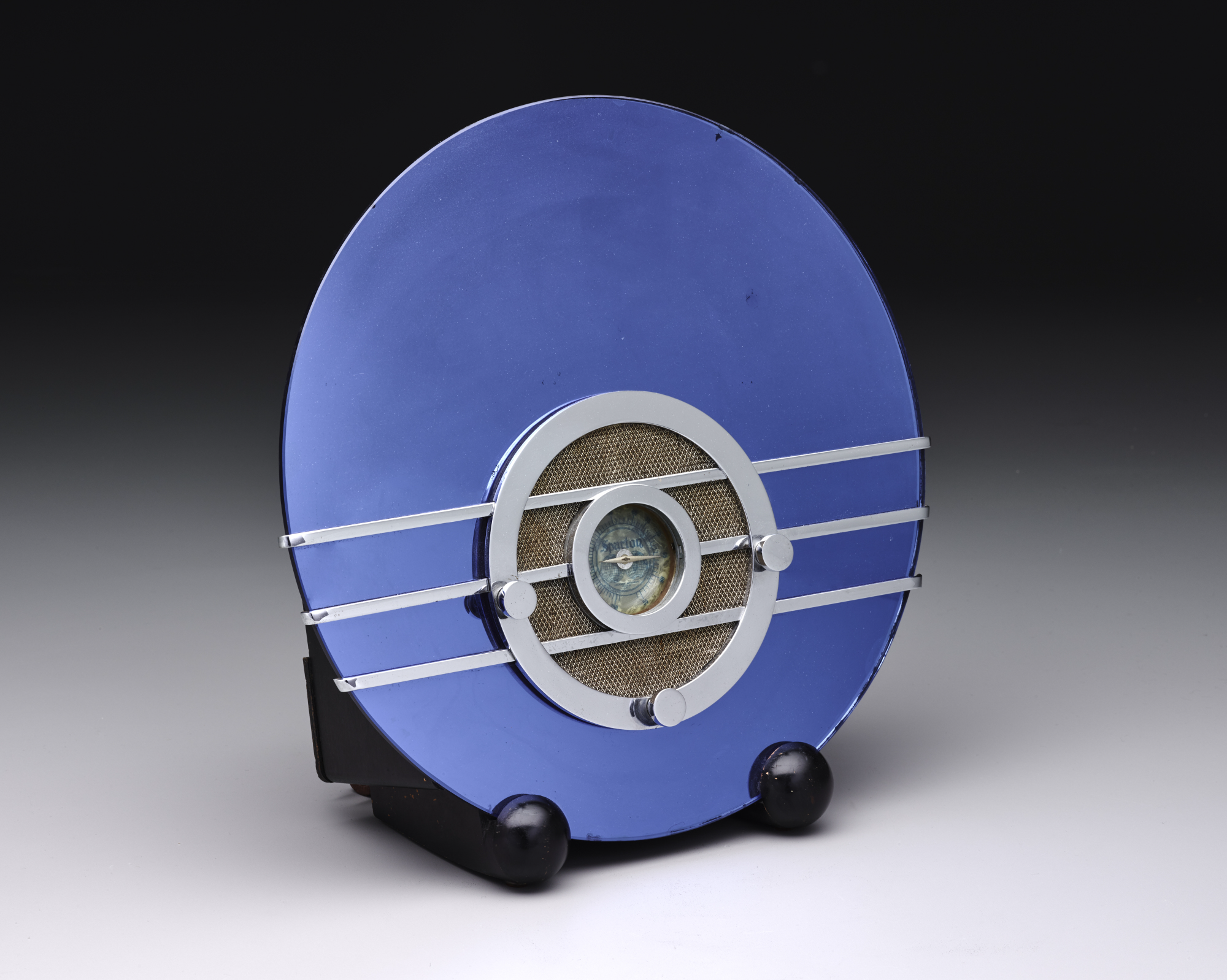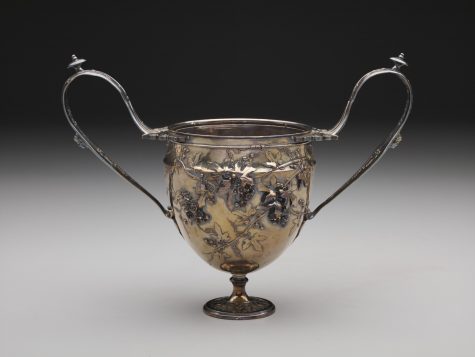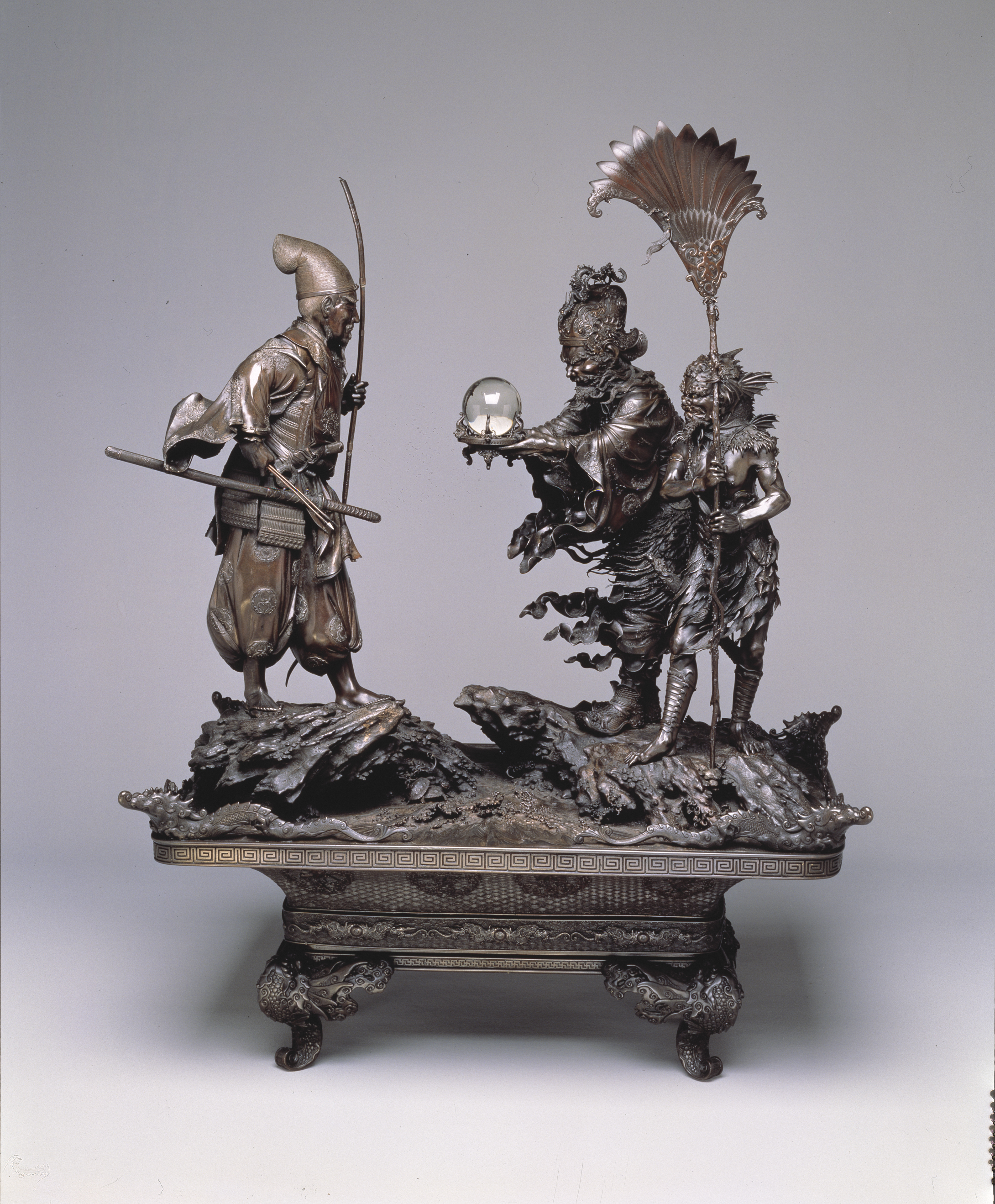
Takenouchi no Sukune Meets the Dragon King of the Sea, Japan, 1875-1879, Dallas Museum of Art, Foundation for the Arts Collection, The John R. Young Collection, gift of M. Frances and John R. Young
In thinking of an activity relating to the sculpture above for our June Studio Creations workshops, I kept coming back to the idea of costumes. The outfits, armor, and accessories worn by each of the three figures is amazingly detailed, and with Dallas Comic Con on the way, making cosplay accessories seemed like a really fun project. I’m going to show you how I made a “fin”-style gauntlet. But you can apply these directions to make whatever you want: helmet, tiara, jewelry, cape, etc.
What you need:
- Craft foam sheets (available at any craft store)
- Self-adhesive foam stickers (optional)
- Hot glue gun
- Hair dryer or heat gun (optional)
- Scissors
- Sharpie marker
- Scrap paper
- Velcro (optional)
- Elastic or rubber bands (optional)
- Double-sided tape (optional)
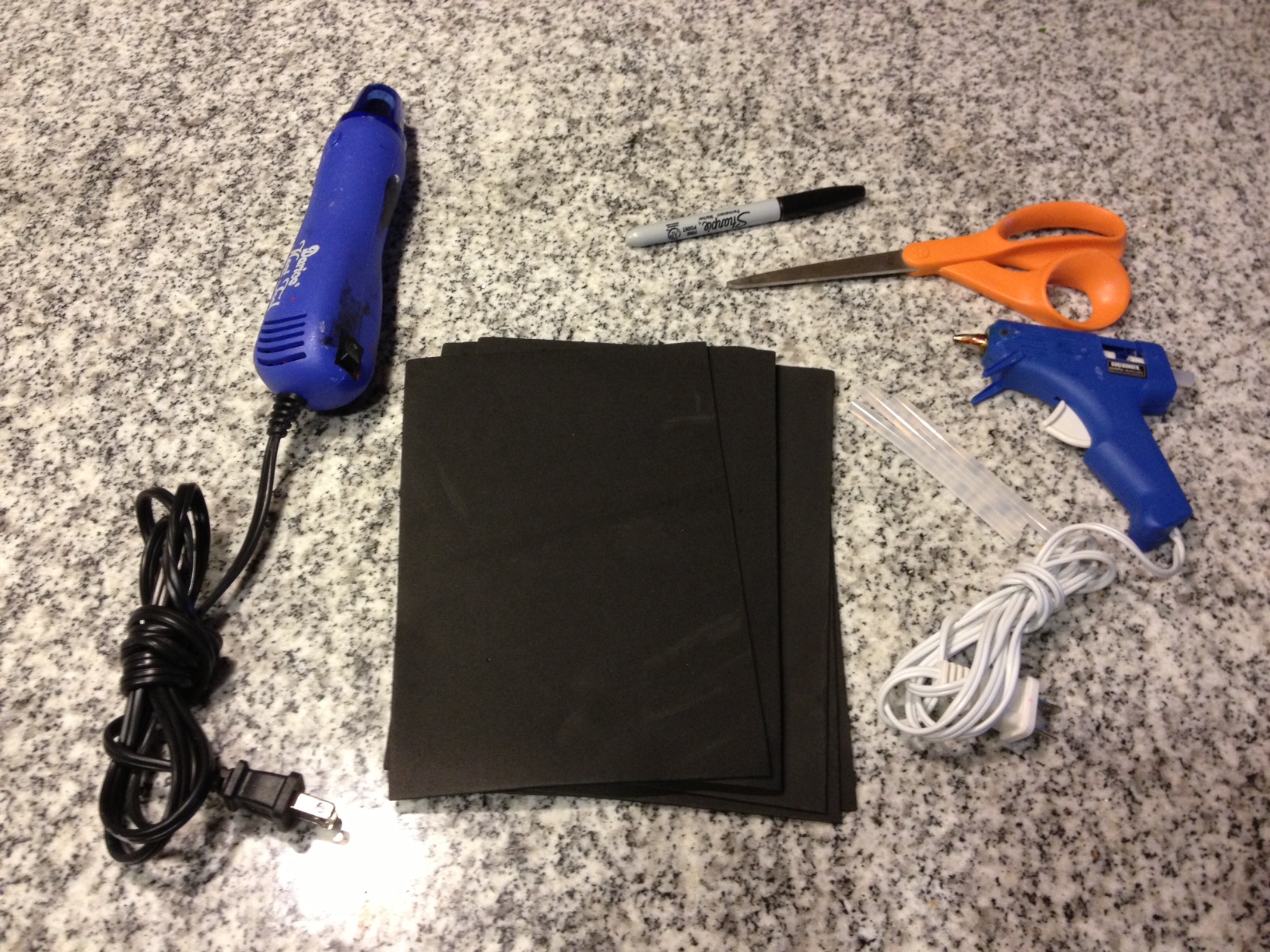
Steps
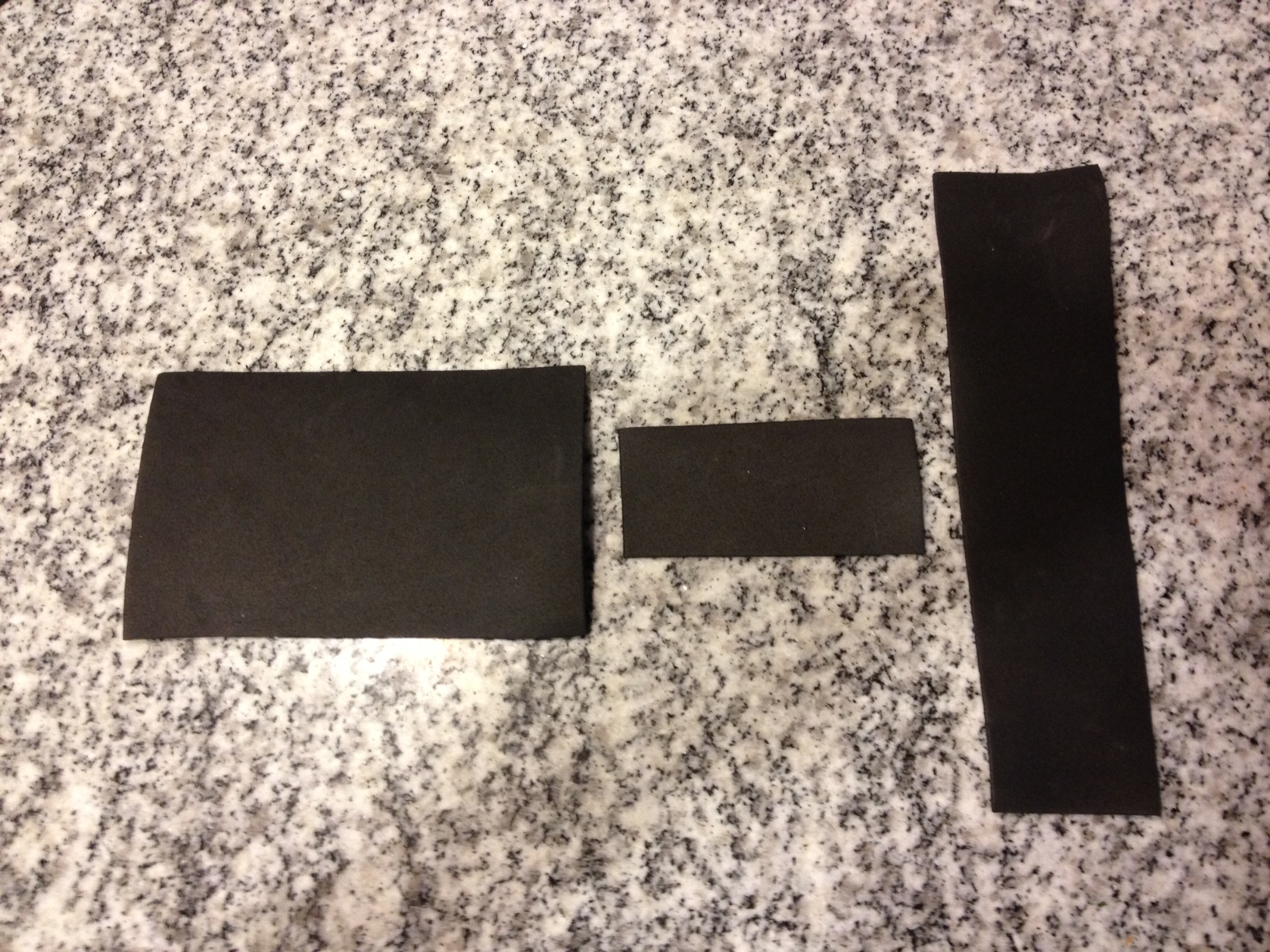
Pieces for the base of the gauntlet
For the base of the gauntlet, I cut a piece of craft foam to fit the back of my forearm. I made a similar piece to encircle the back of my hand and palm.
Optional: I used a heat gun to carefully heat and shape the foam. While it was still warm, I formed the pieces around my forearm and hand. You could also do this with a glass, tube, etc. If you want to skip this step, you can curl the foam without heating it–it just doesn’t hold its shape as well.
I then cut more foam pieces for the armor plating. You can draw the shape directly on the foam with your sharpie or you could cut out a template to use from your scrap paper.
Save the scraps of foam that are left over–these can be used for decorations later! Self-adhesive foam shapes work well for decoration, too.
I then used a hot glue gun to put all of the pieces together. Double-sided tape works, too.
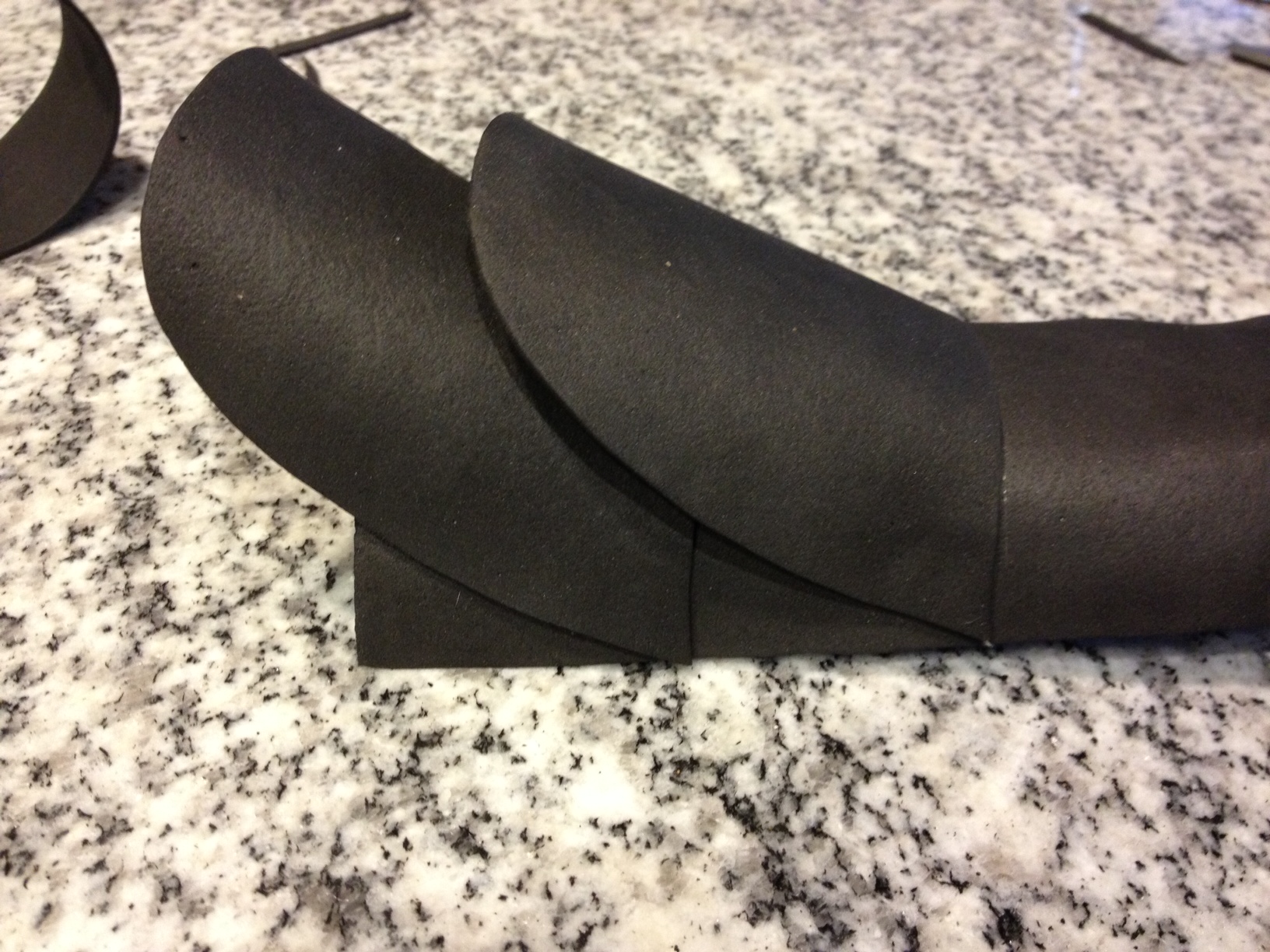
Armor pieces glued at an angle to make them pop out
You could use velcro or elastic to make a closure for the glove so that it stays on your wrist. In this case, I used the scrap foam to make some small studs that I will stretch rubber bands across to hold it in place.
Keep in mind that craft foam is very thin, so this armor is purely for show! And again, you can make almost anything you can imagine with these materials. For more ideas, search “cosplay diy” and also check out this amazing tutorial.
And don’t forget to come to the DMA to see Takenouchi no Sukune Meets the Dragon King of the Sea and to participate in Studio Creations!
JC Bigornia
C3 Program Coordinator
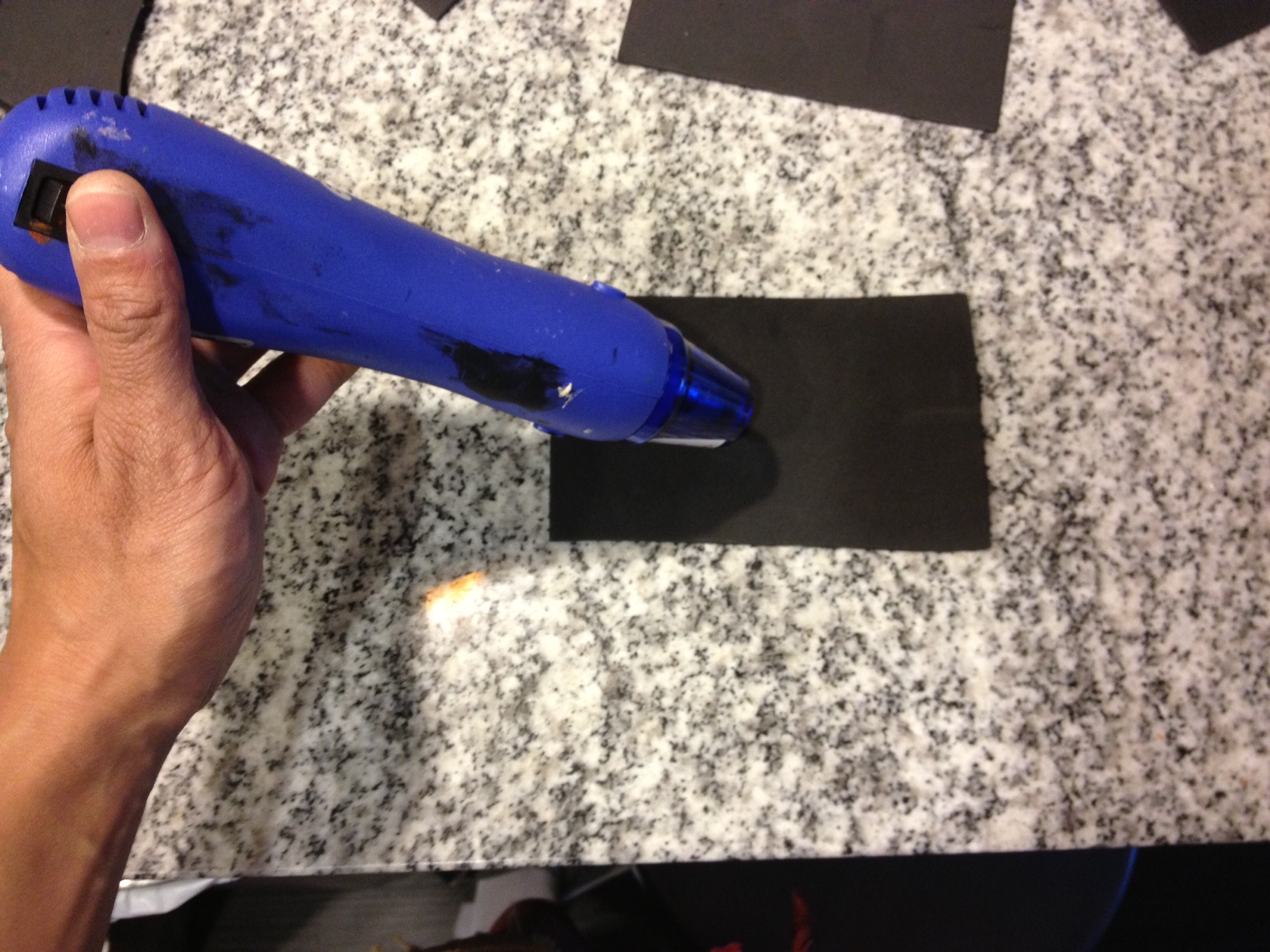
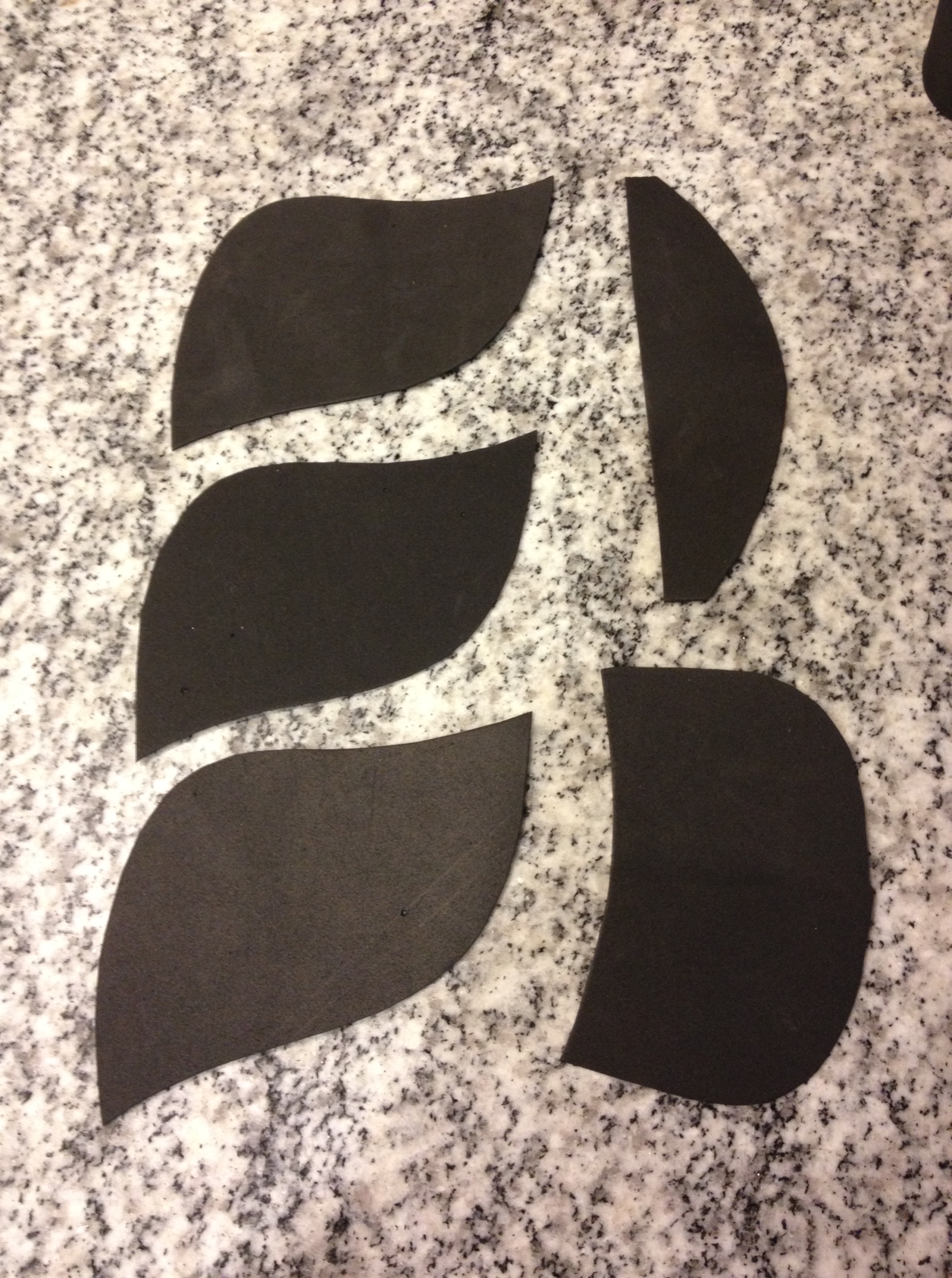
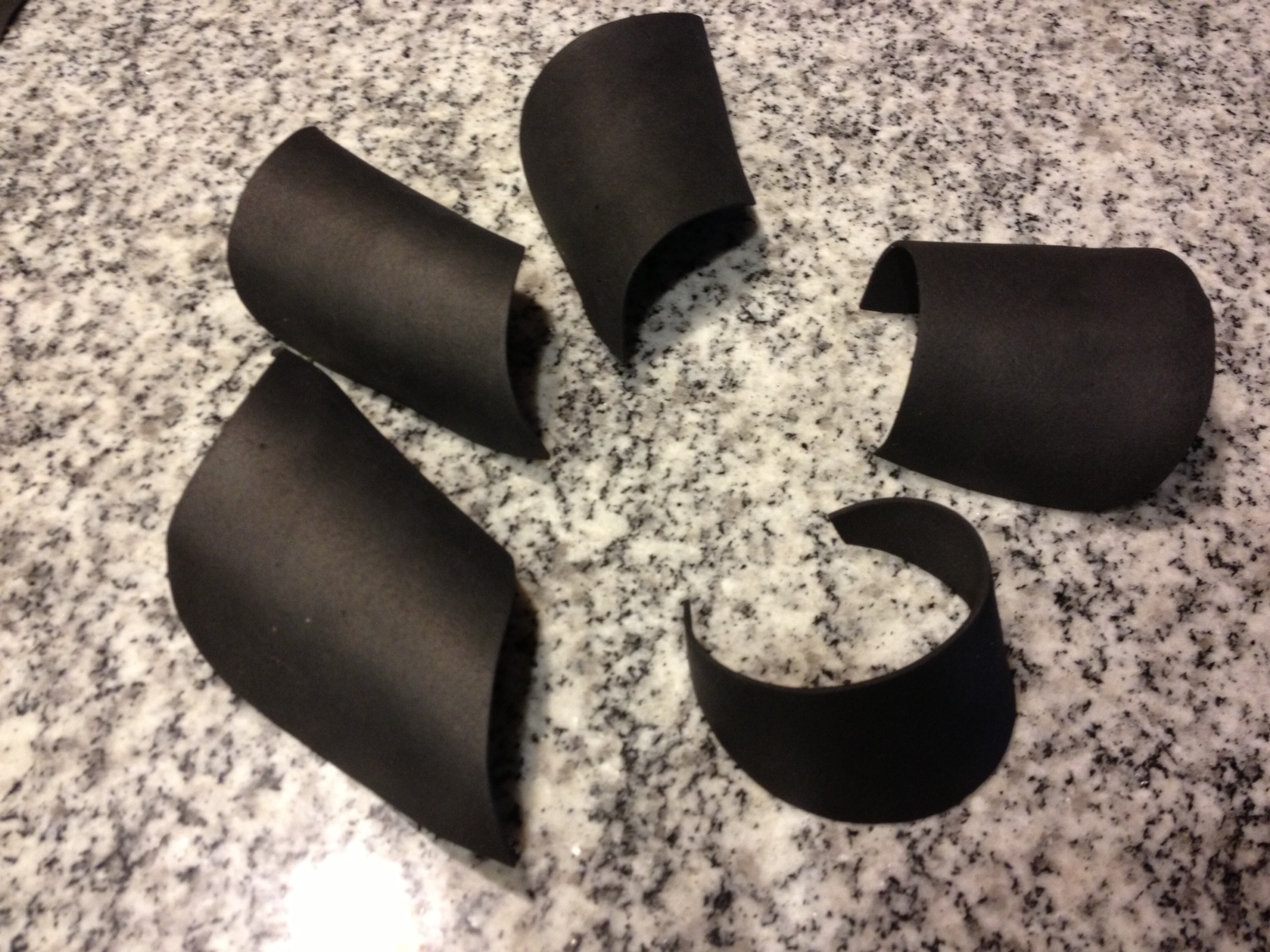
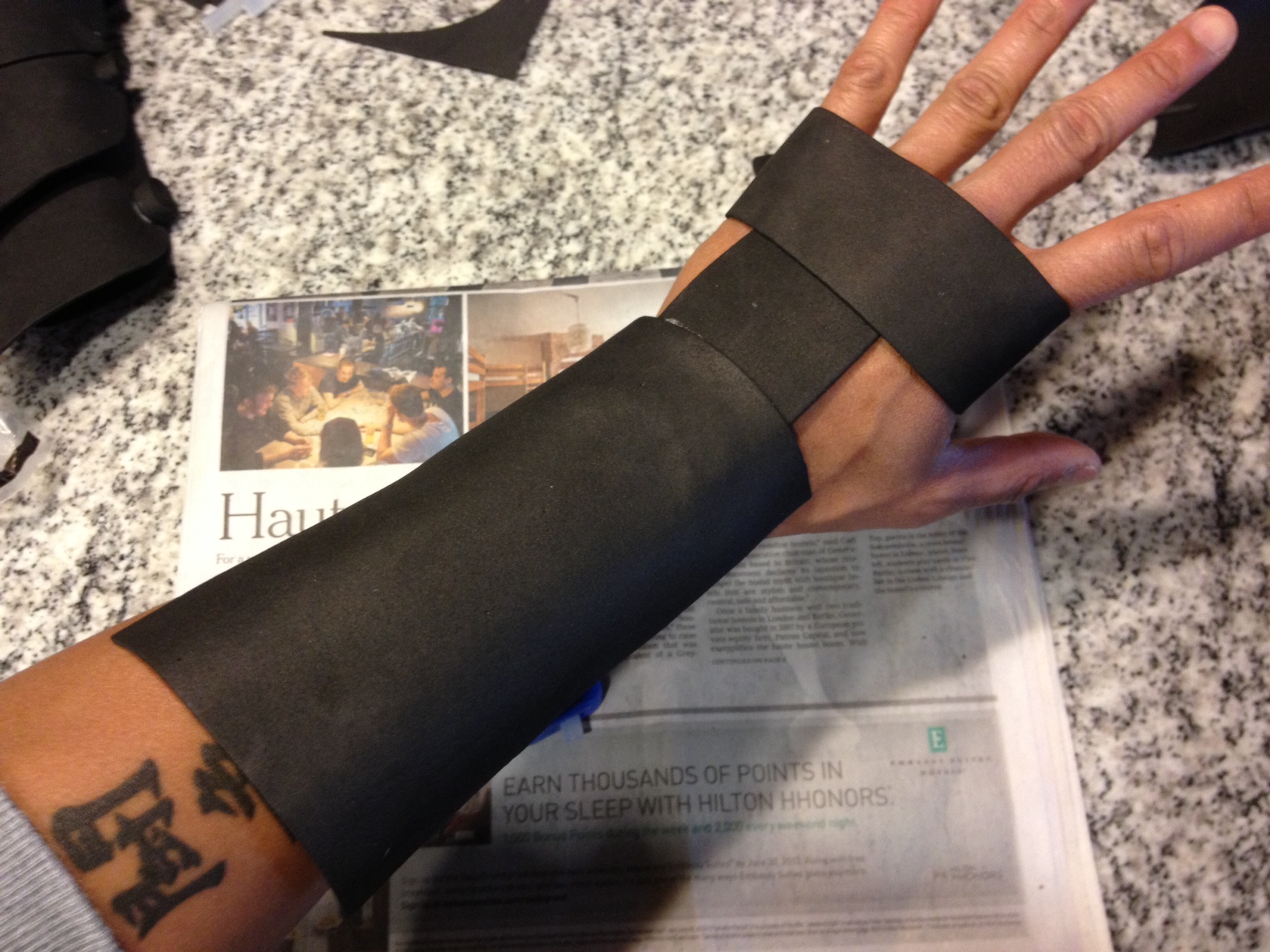
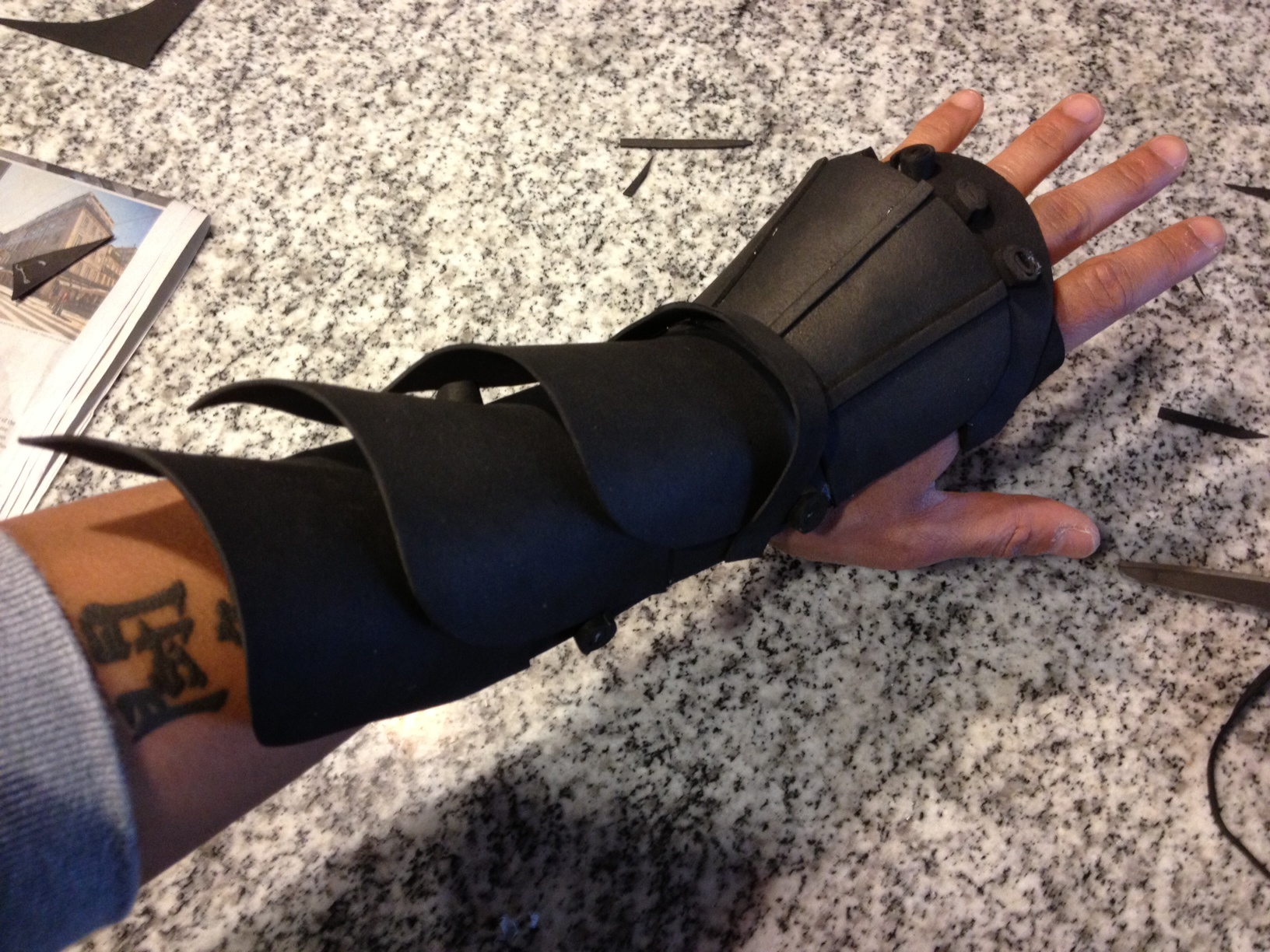
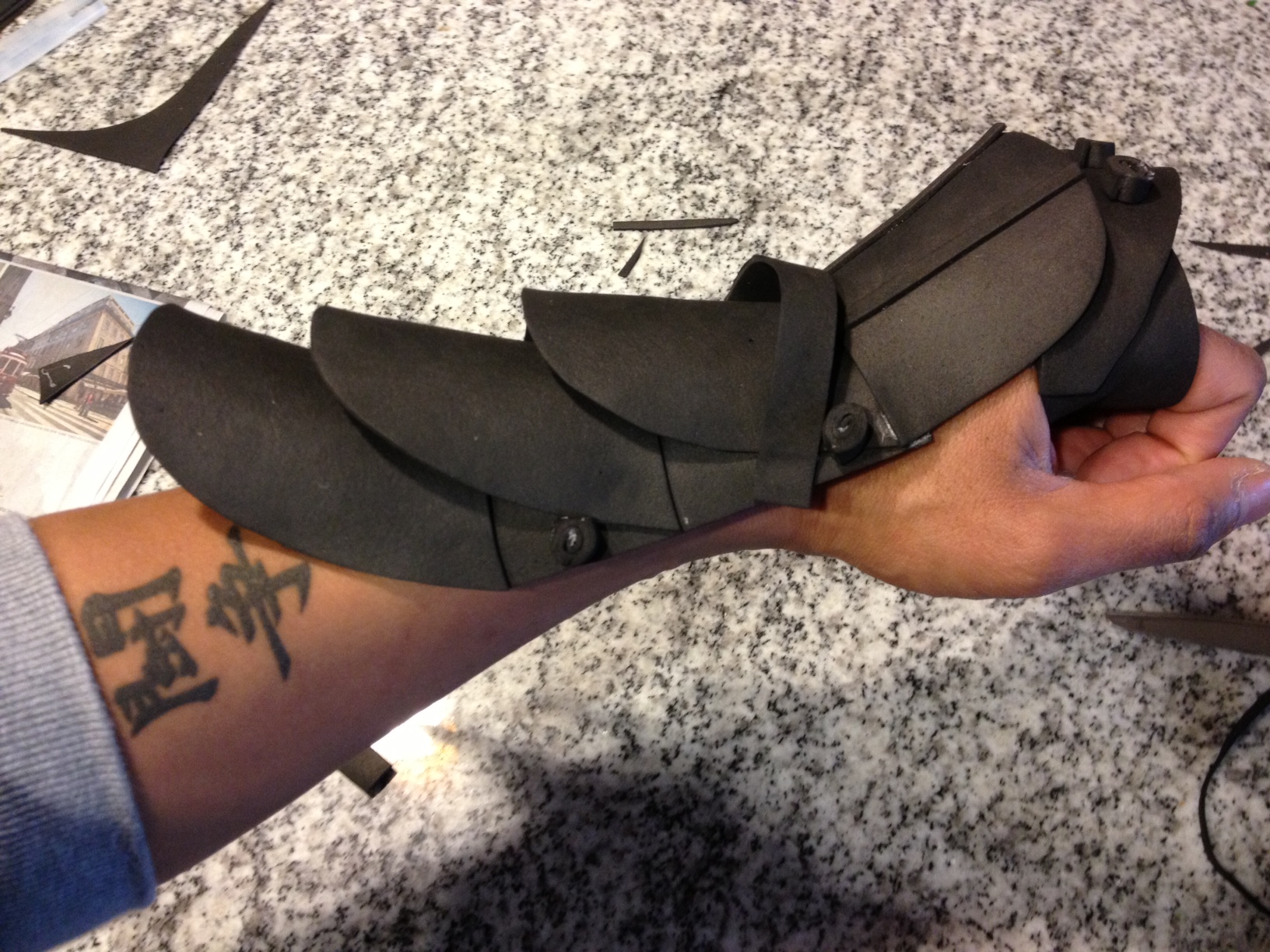
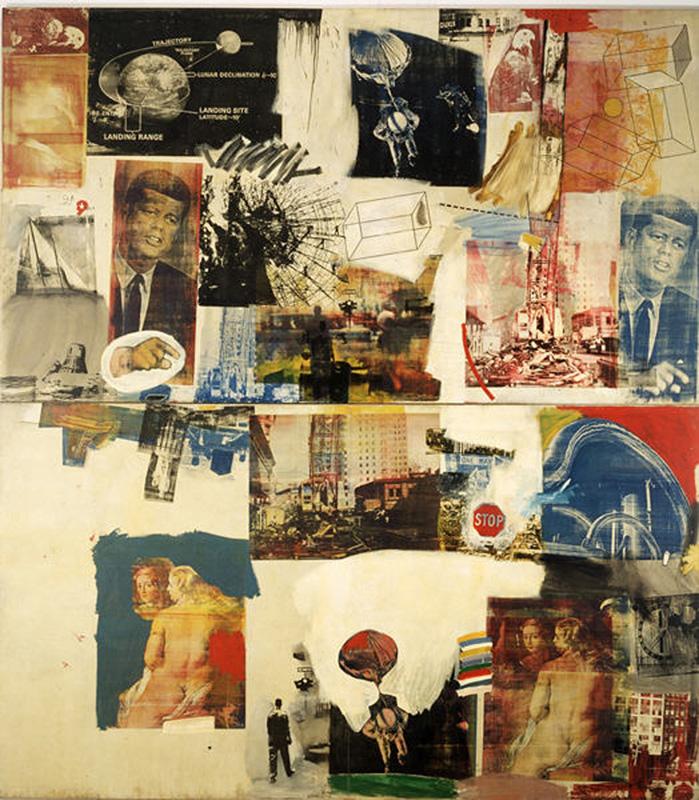
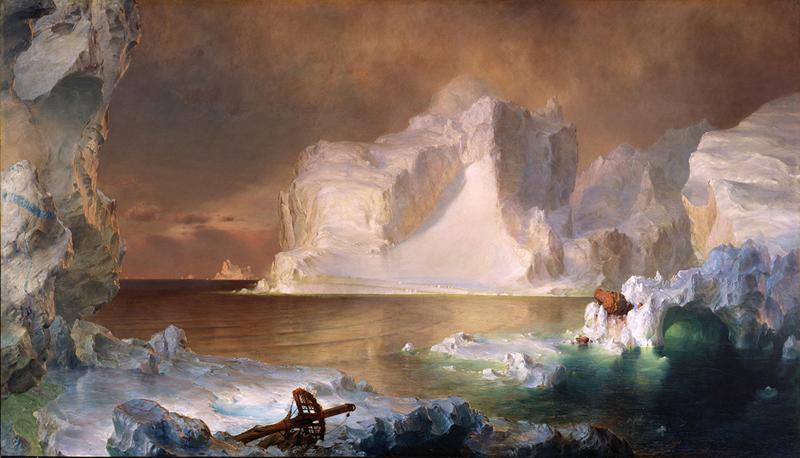
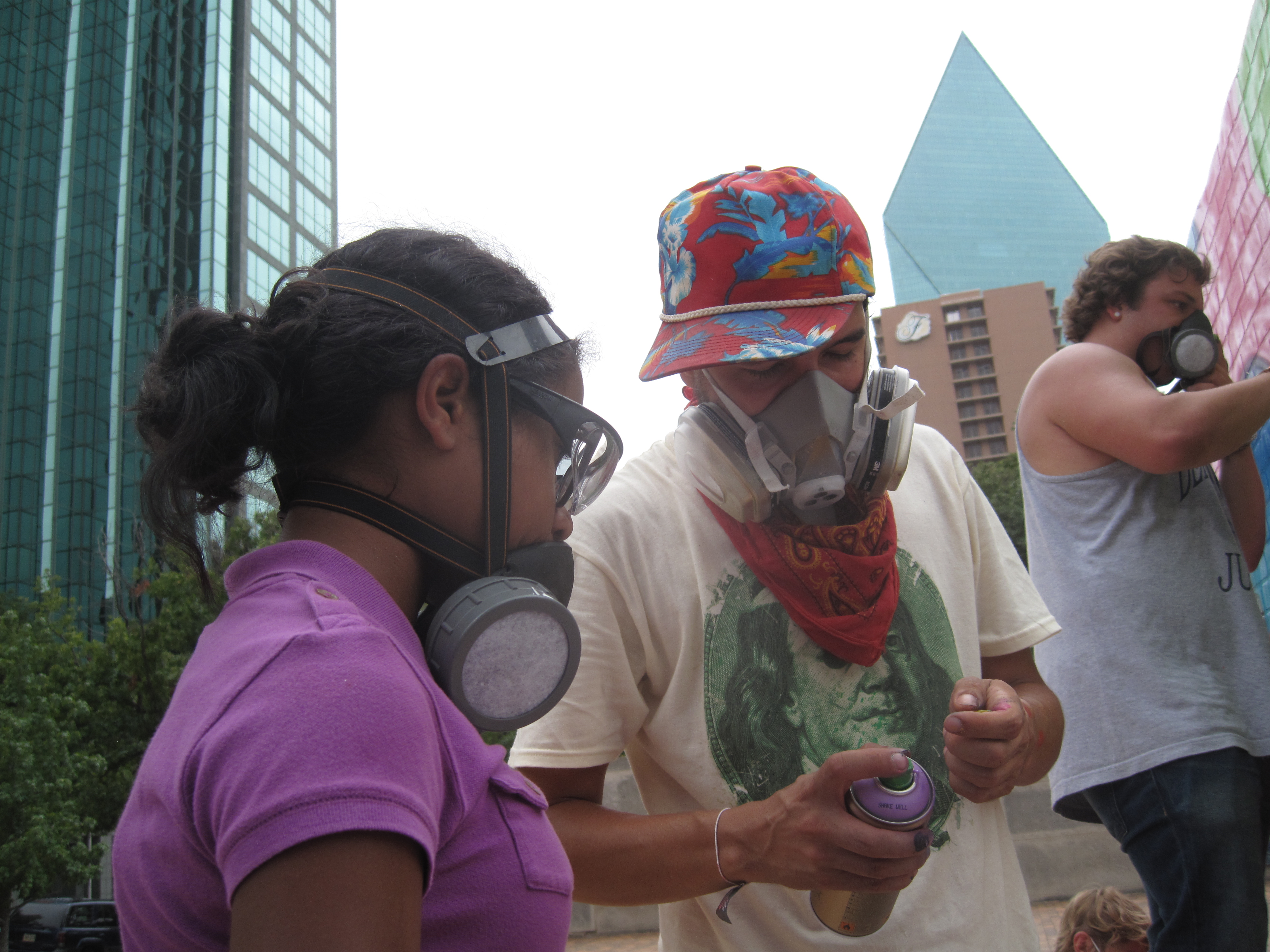
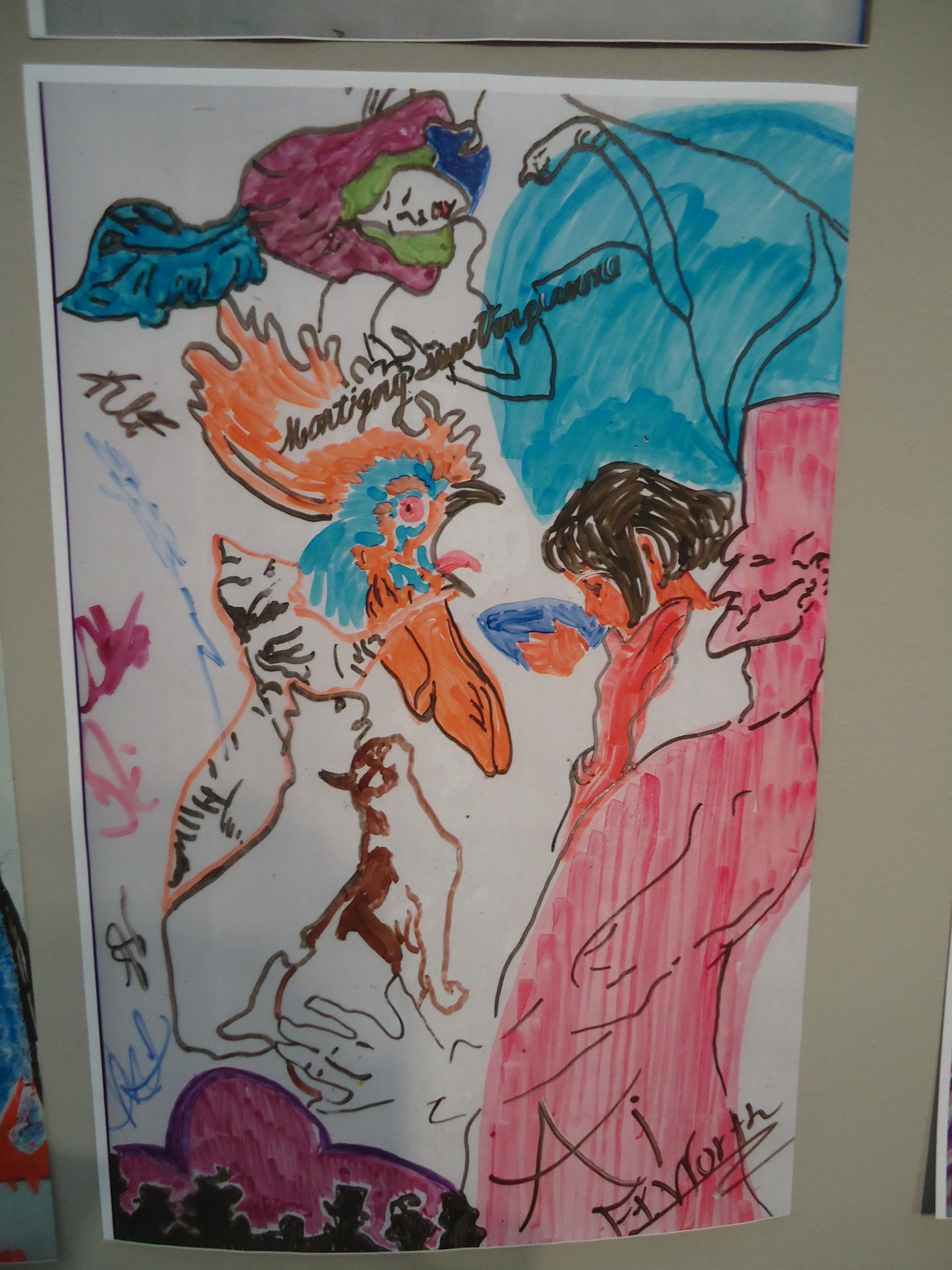
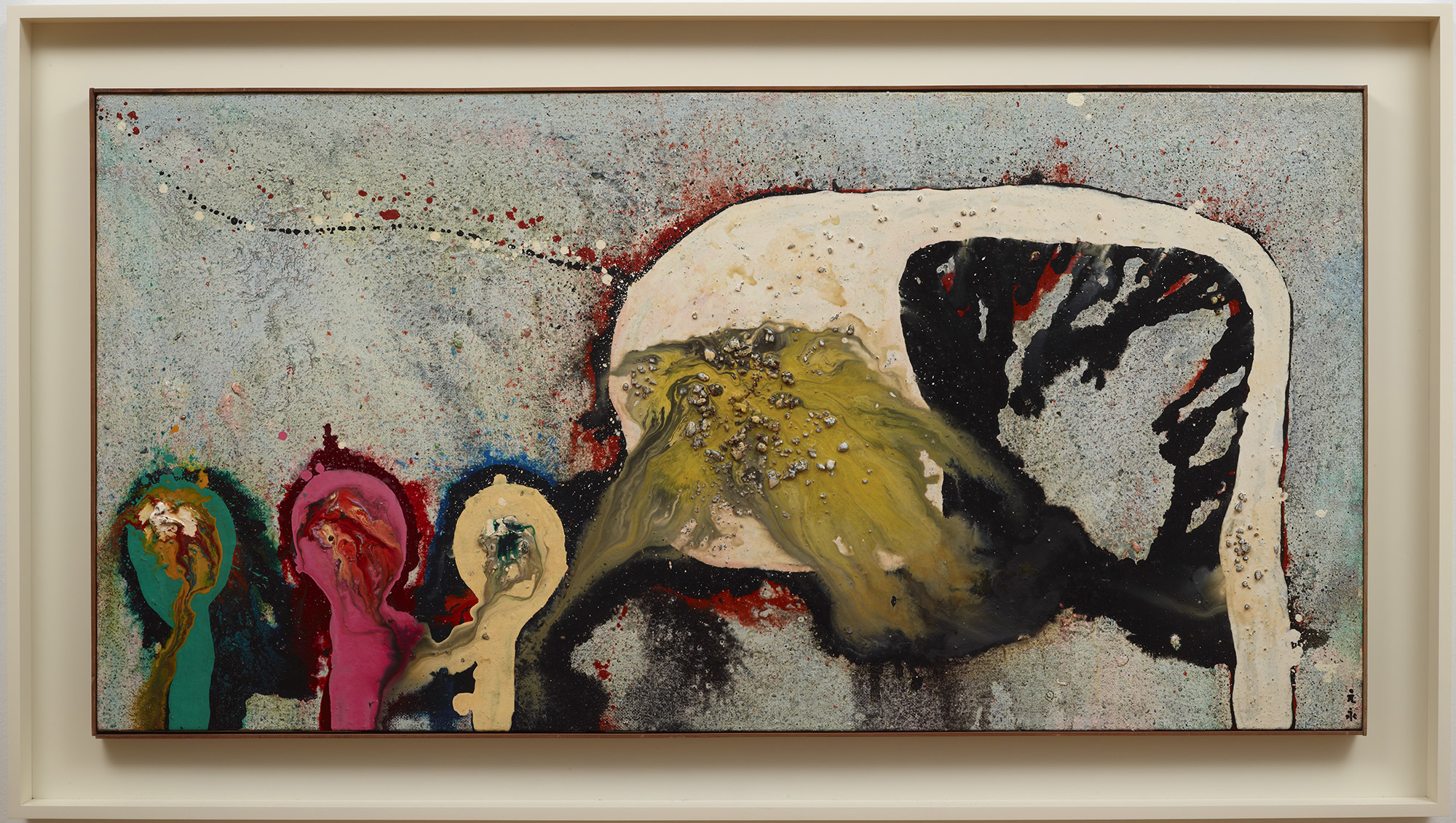
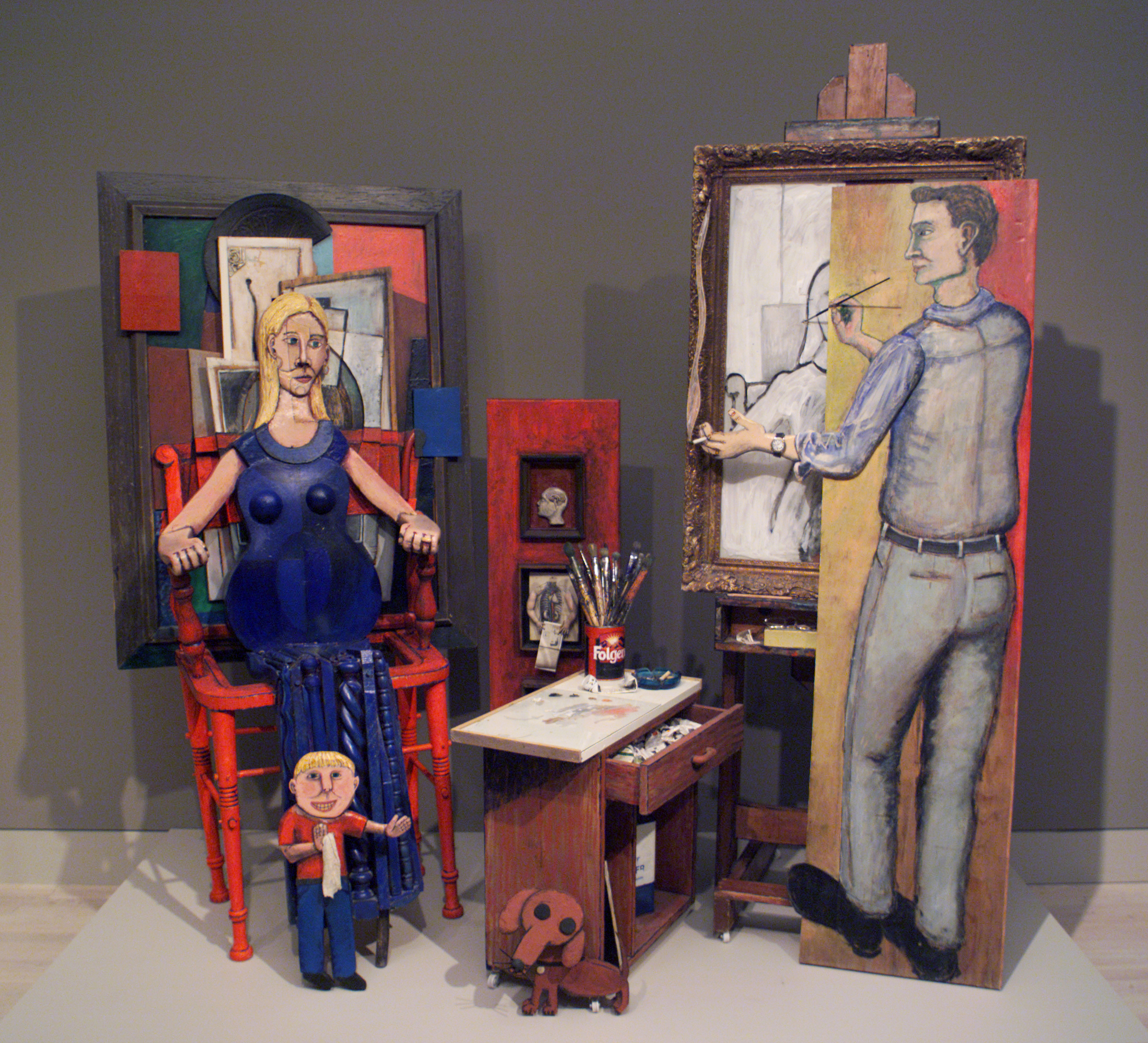
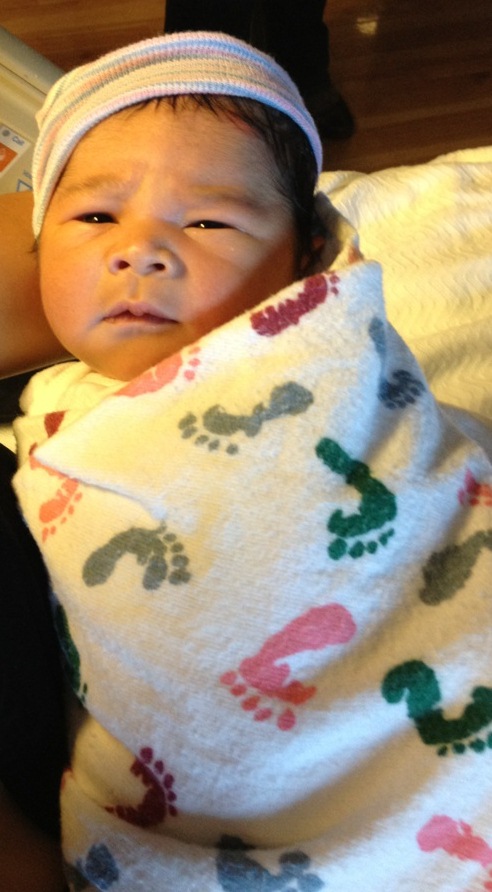

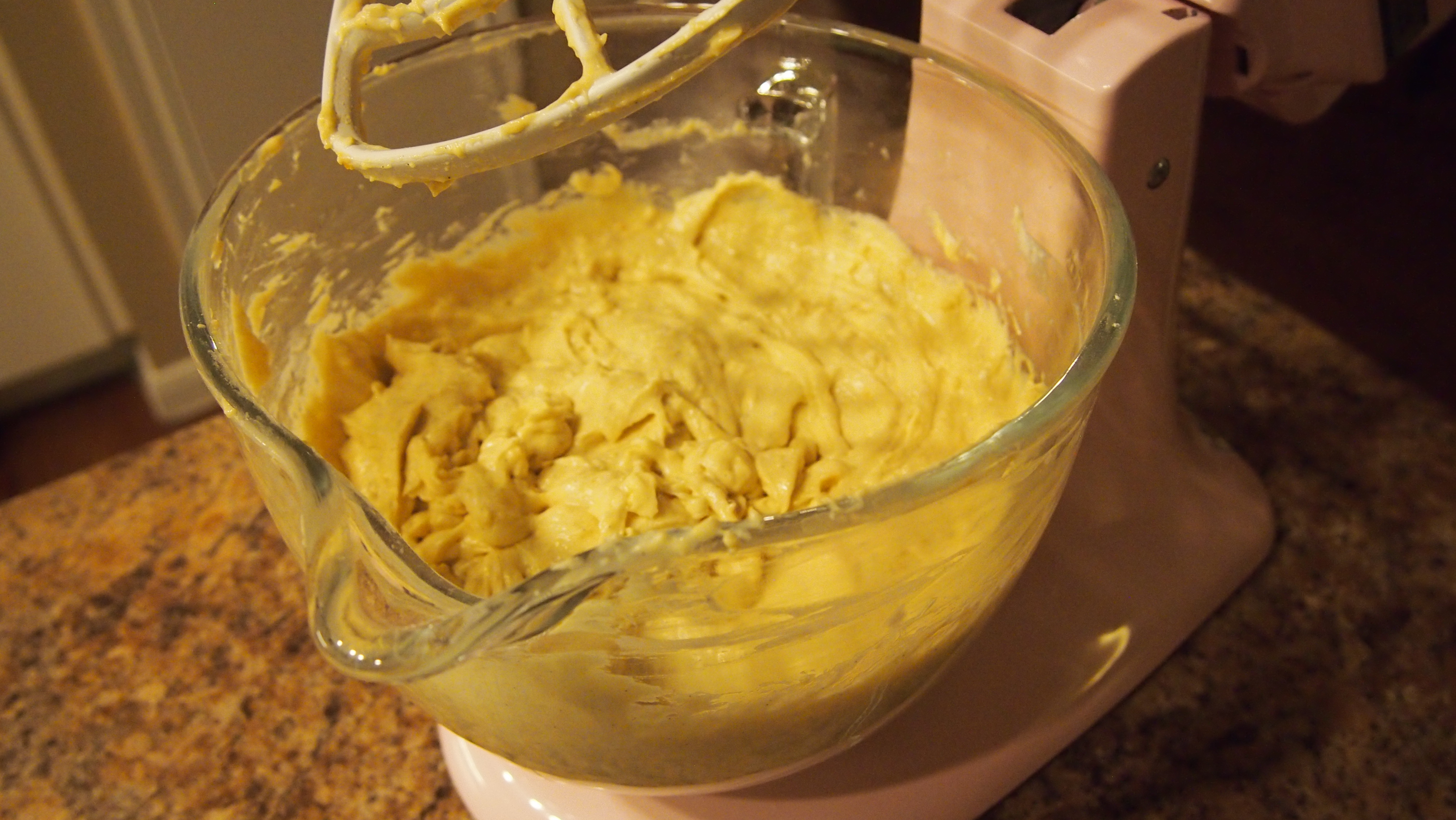
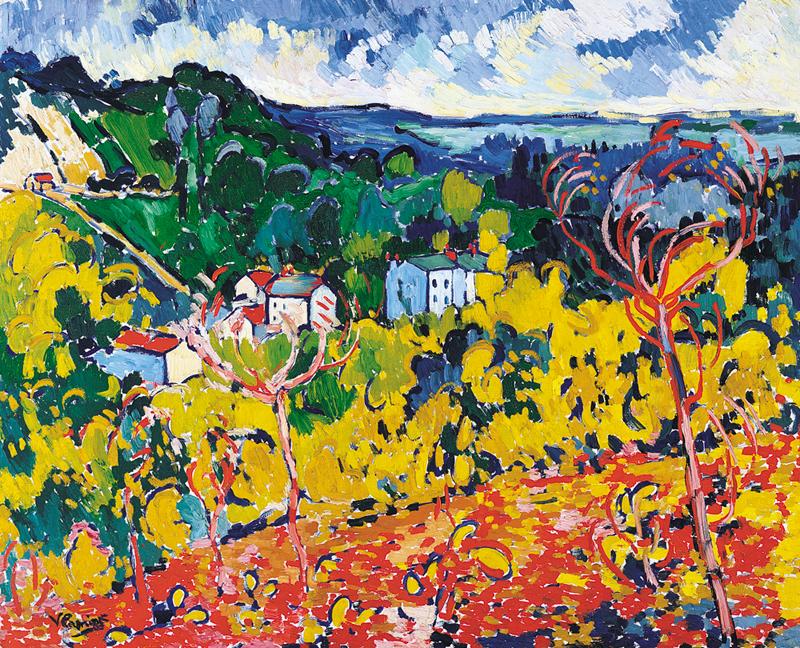
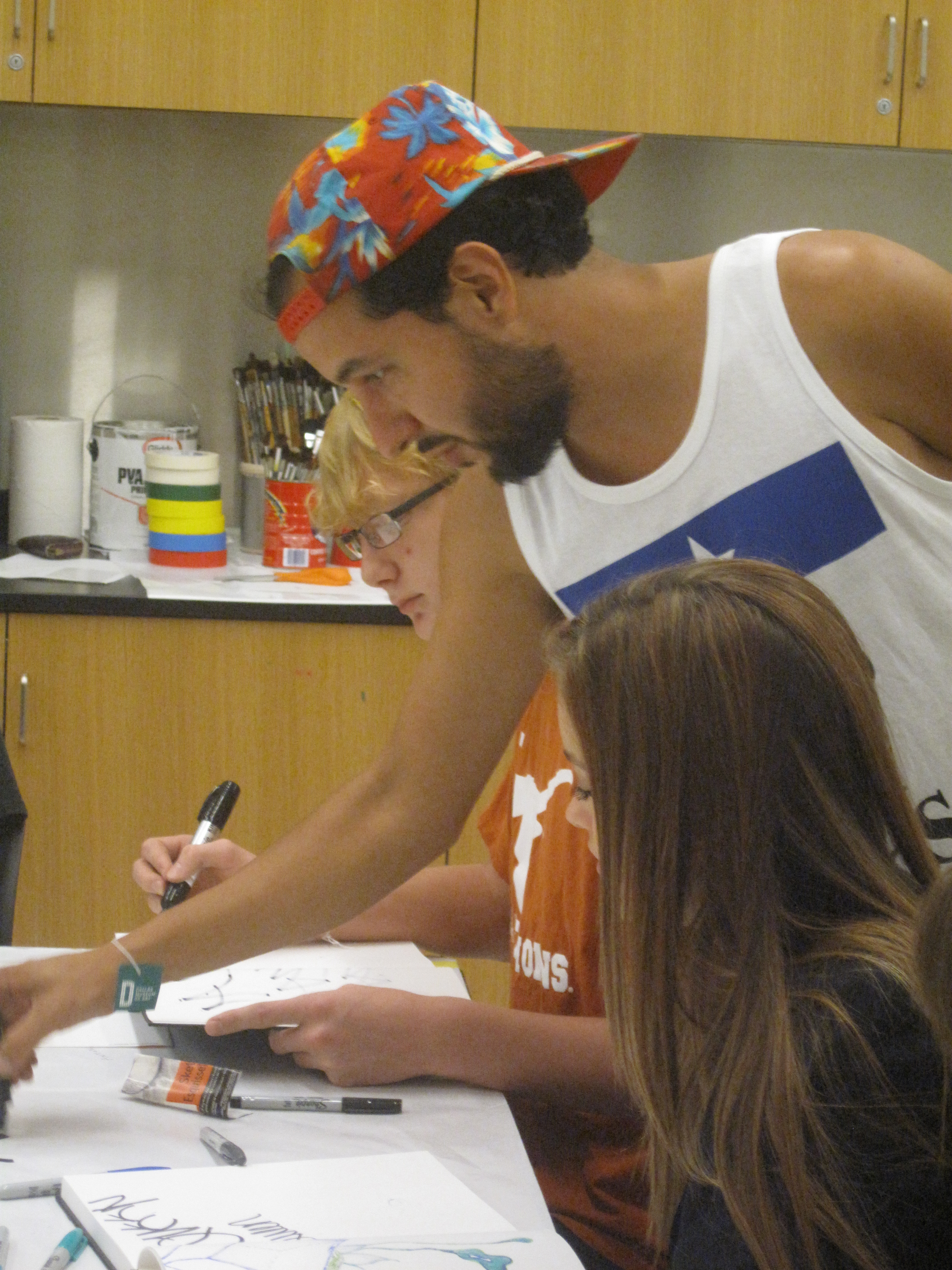
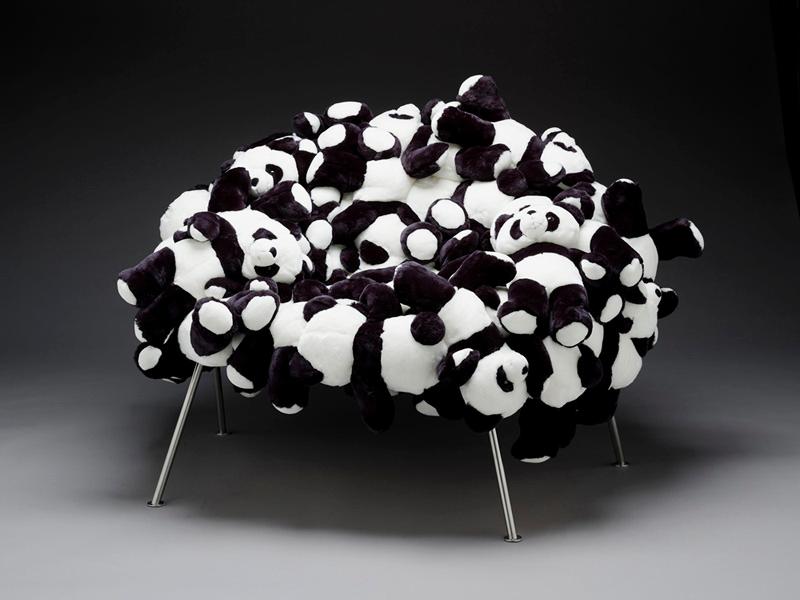

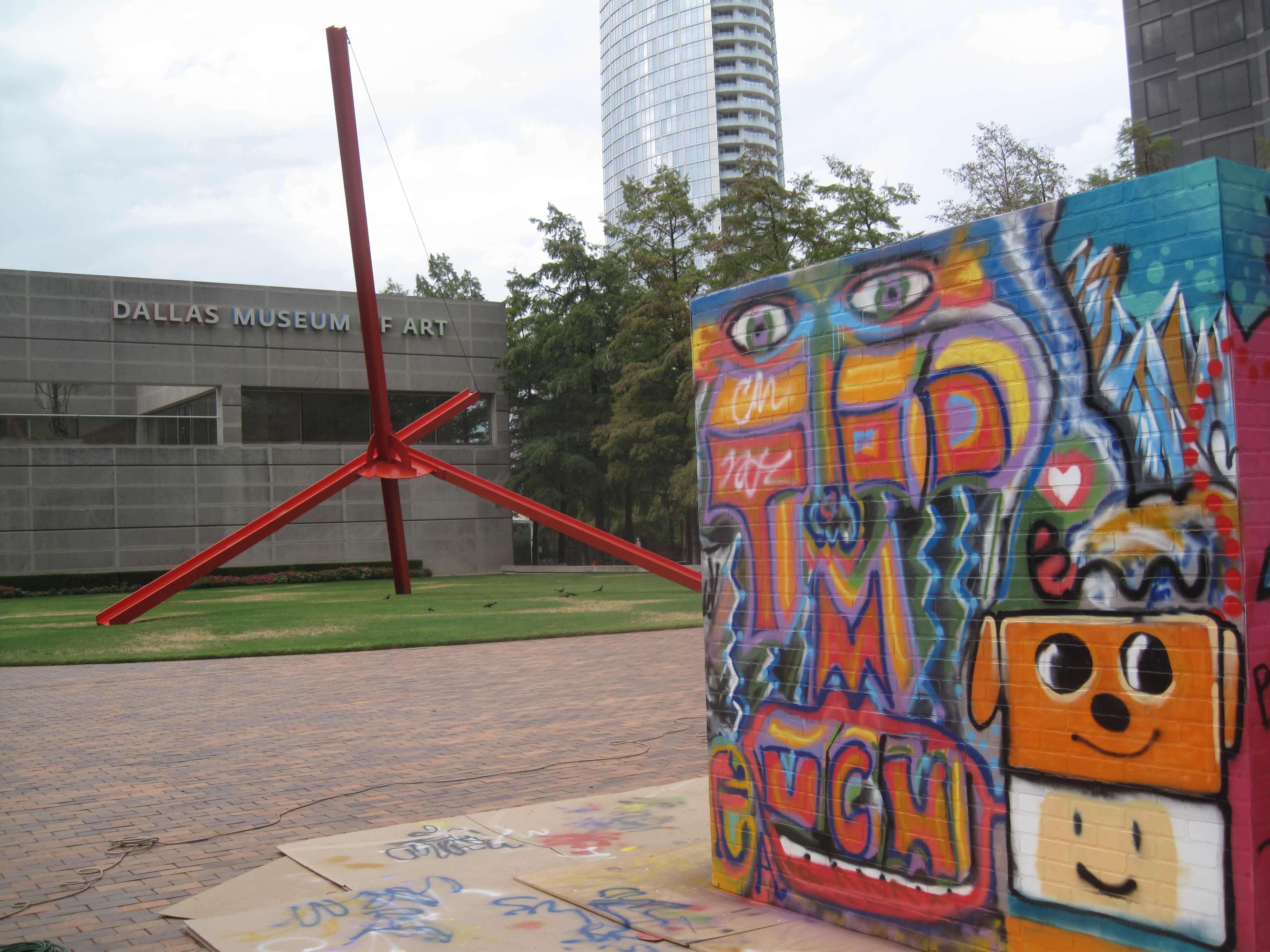


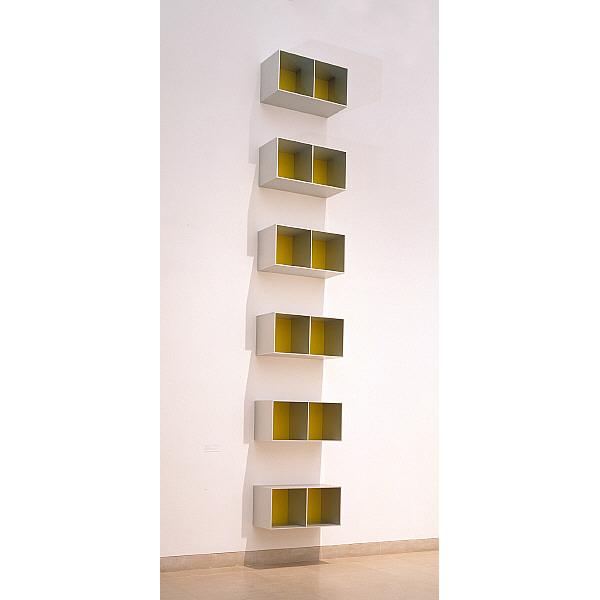
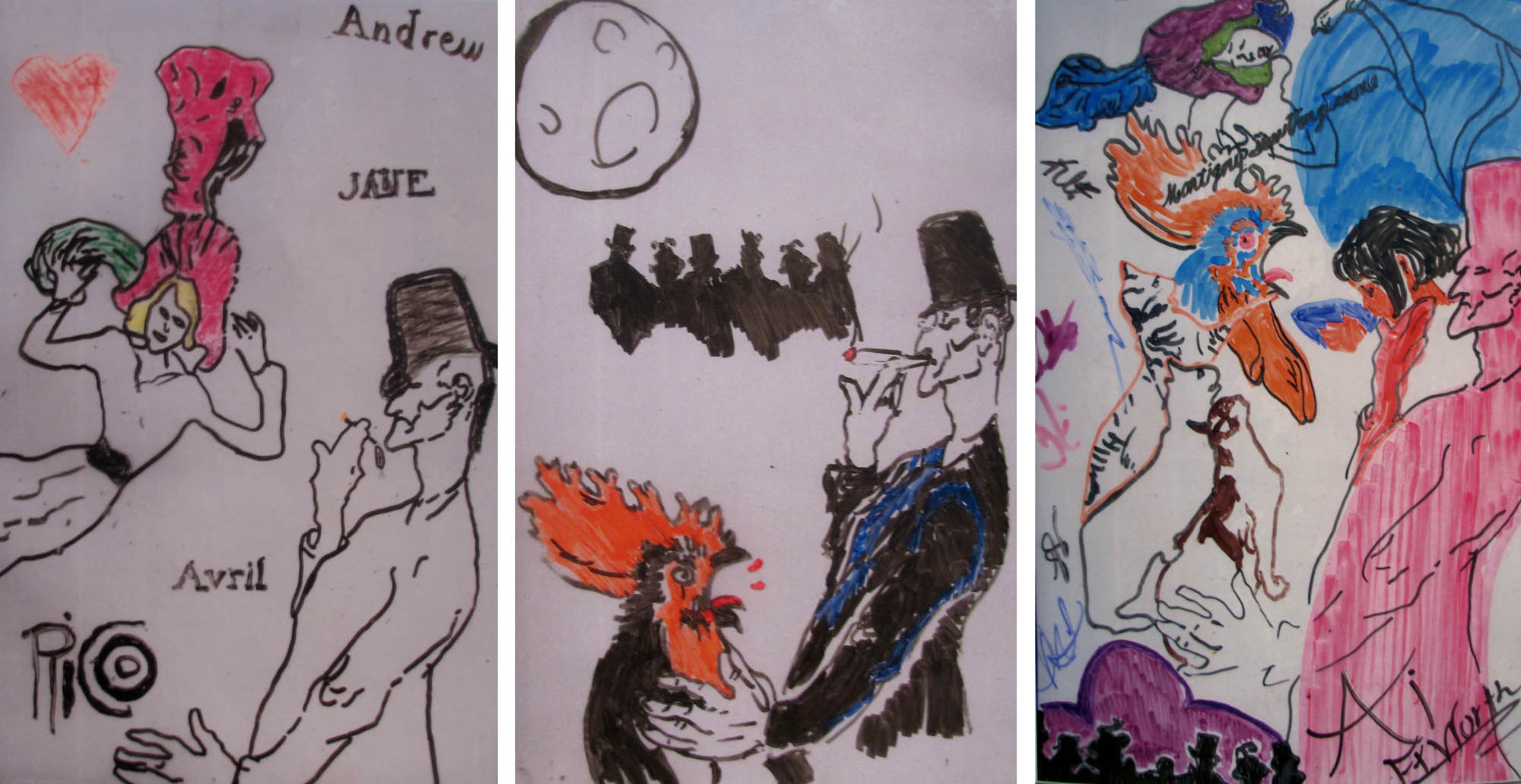
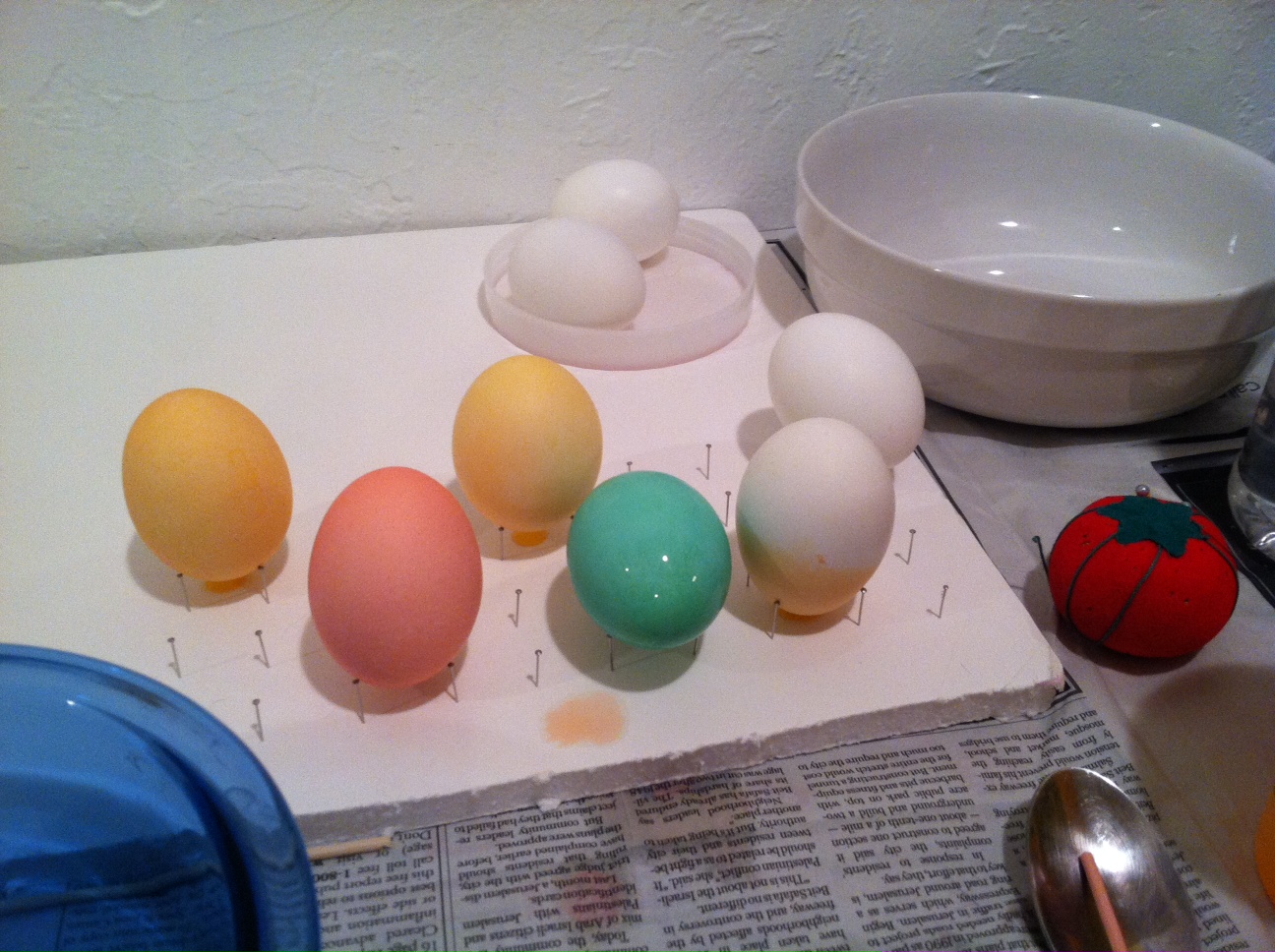
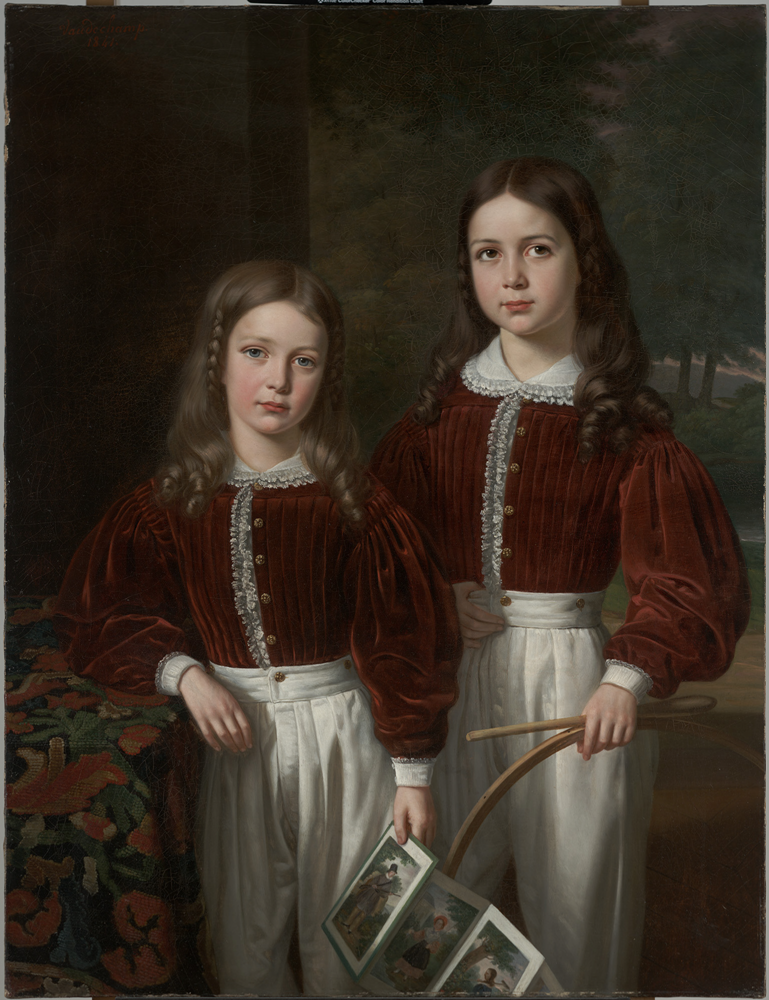


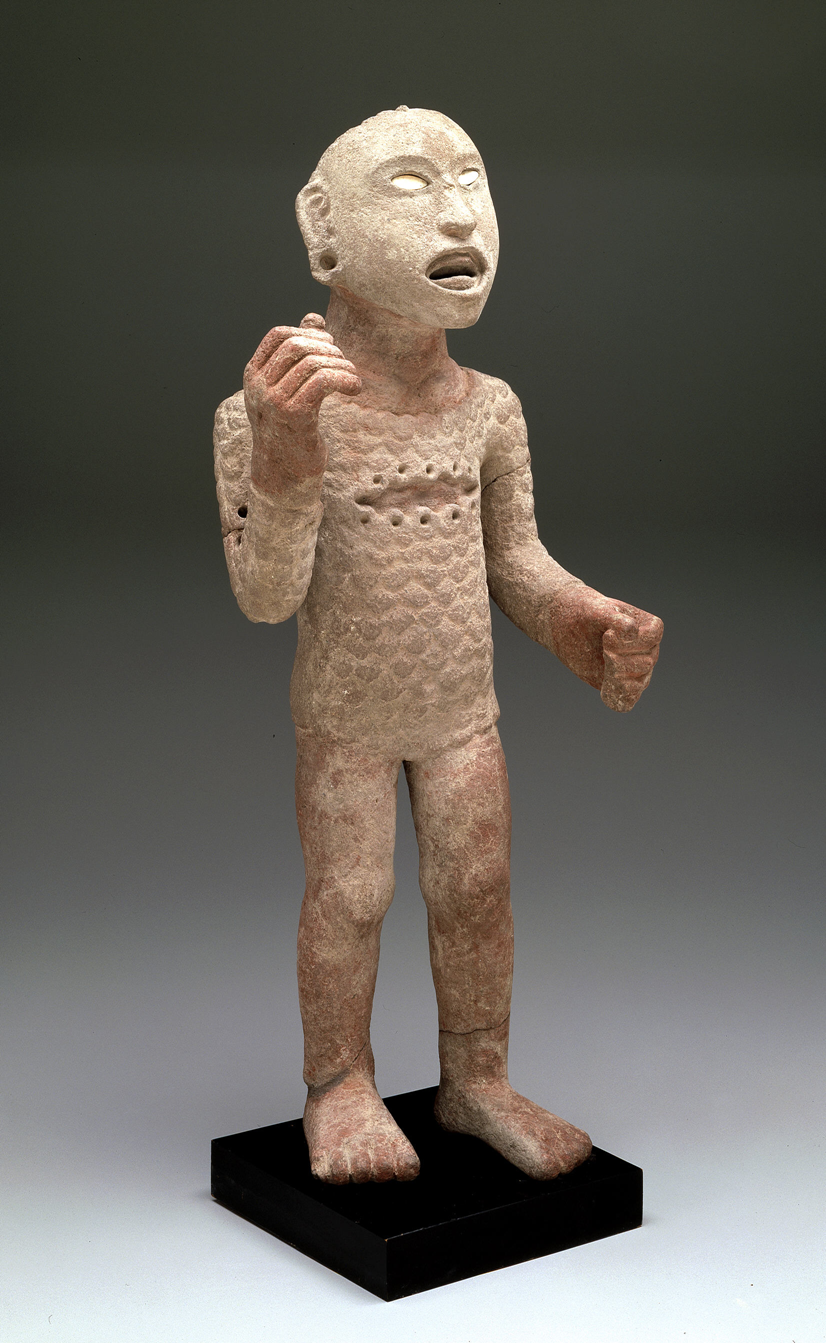
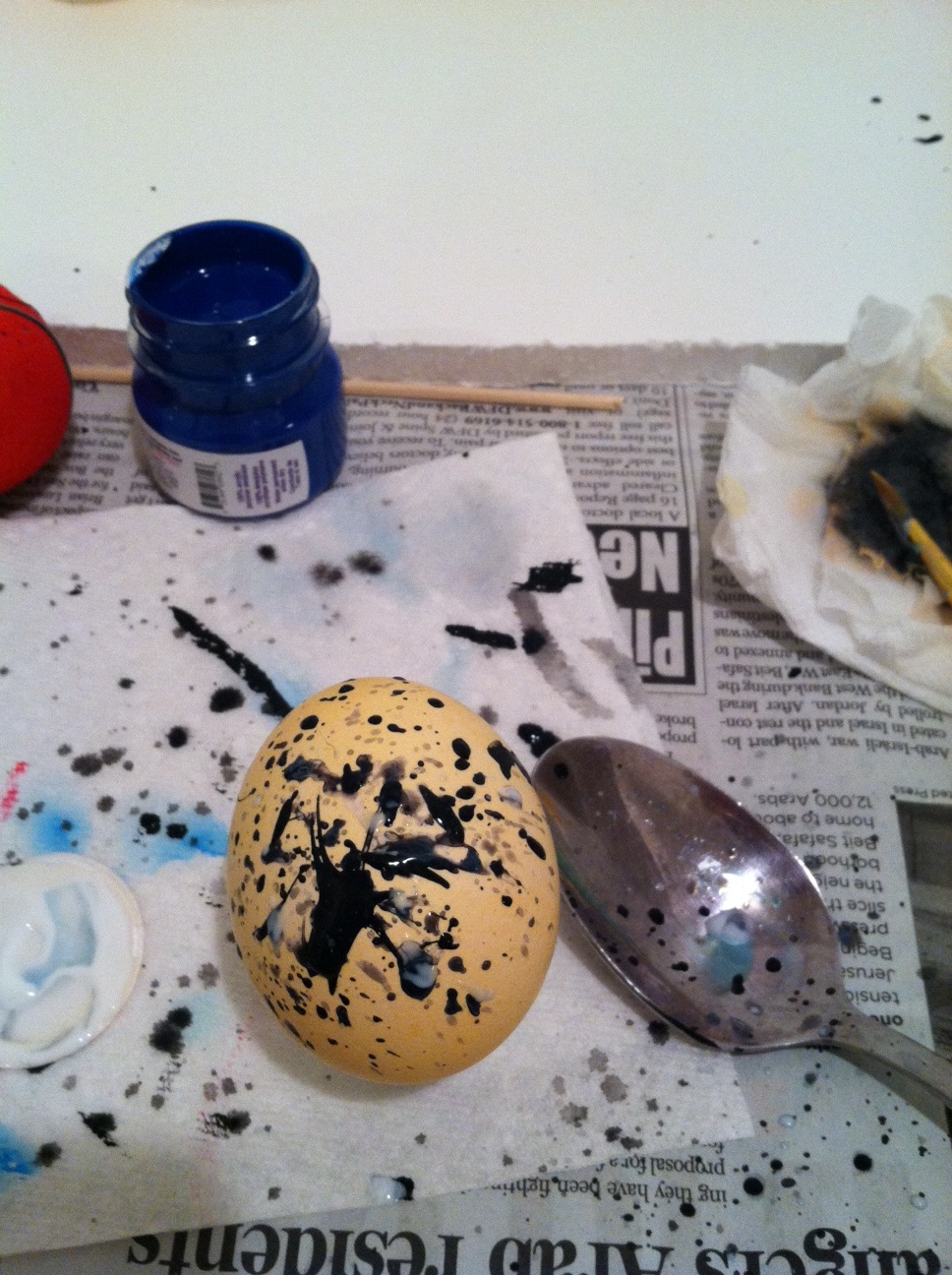
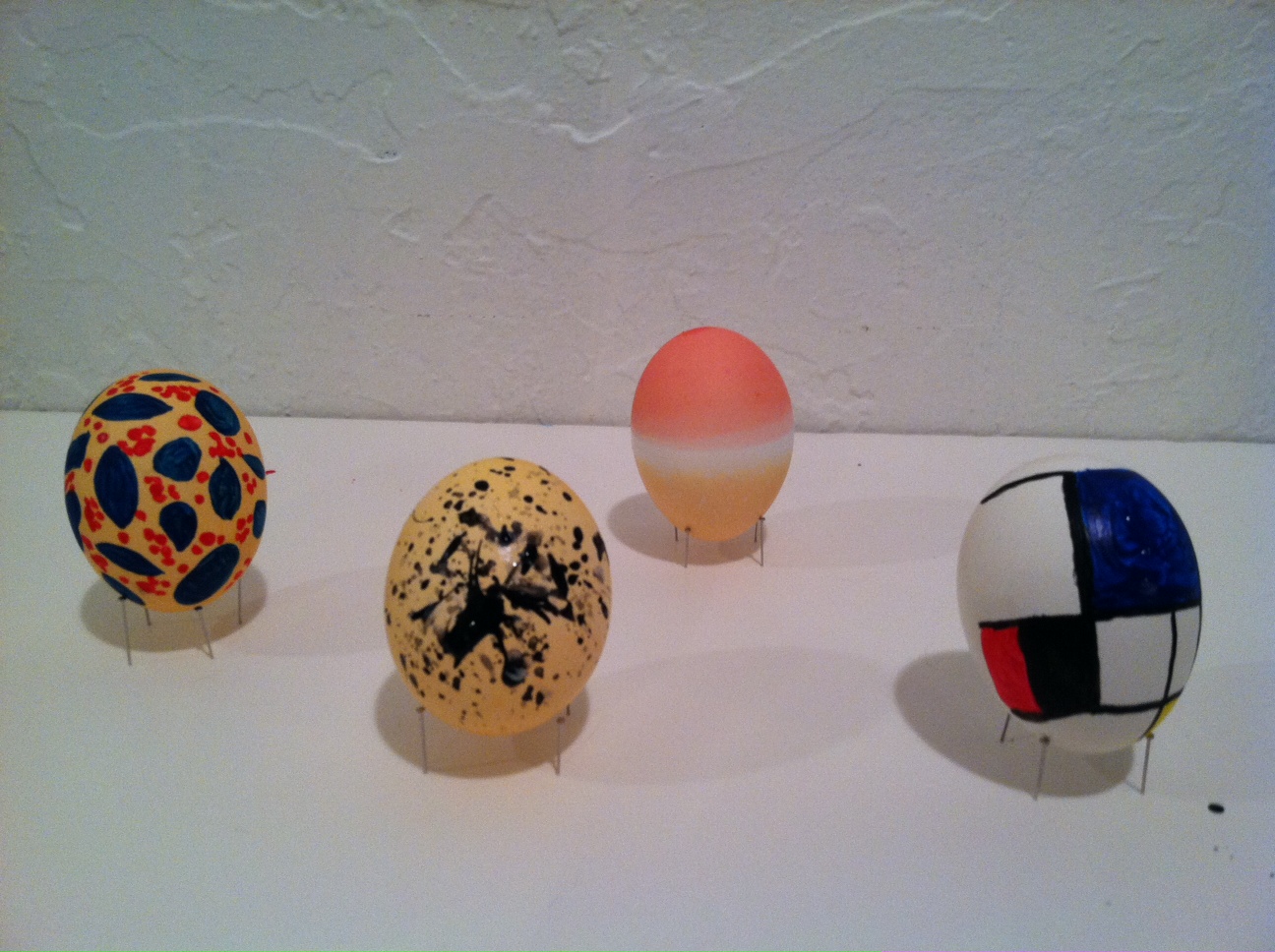
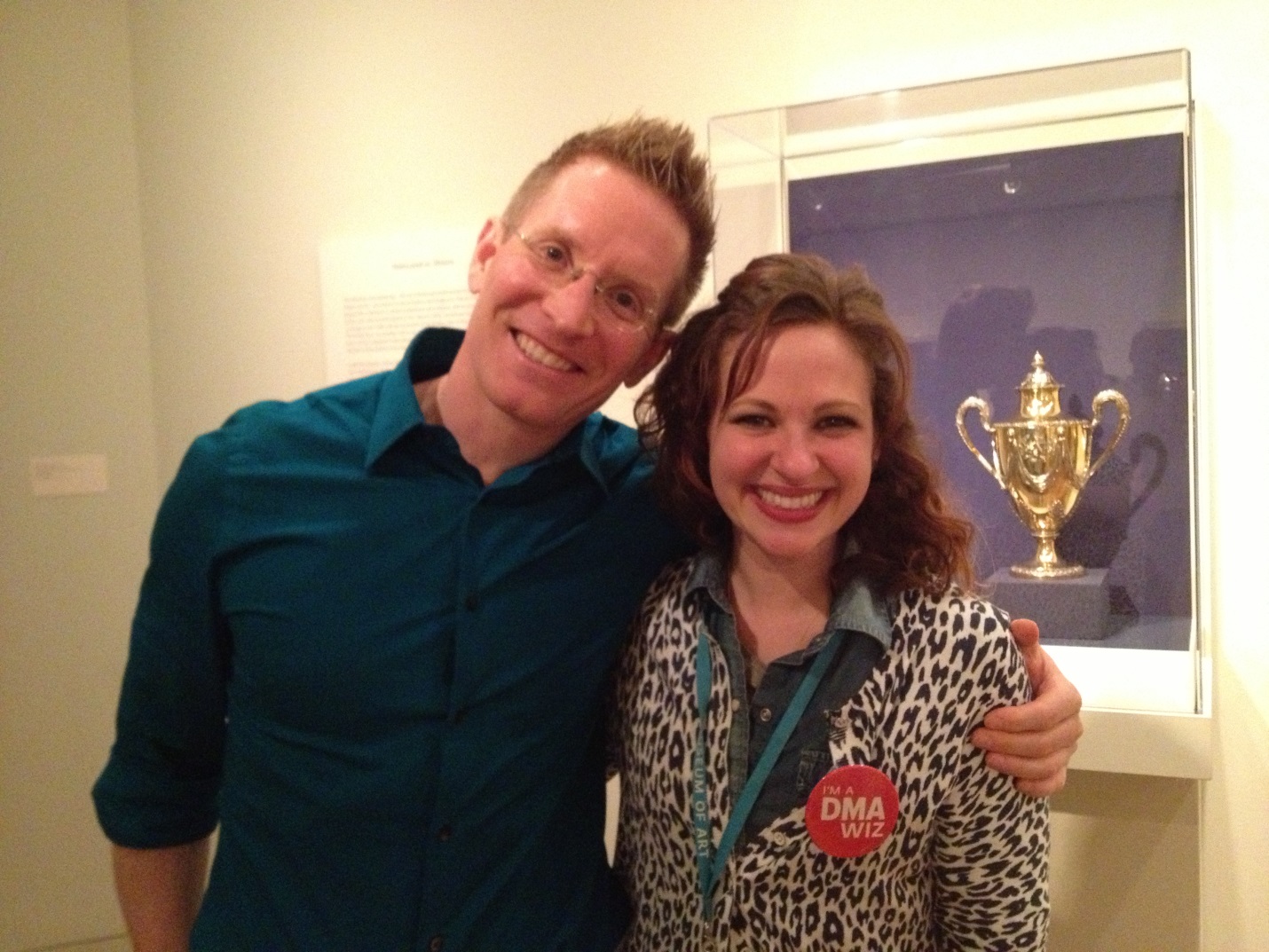
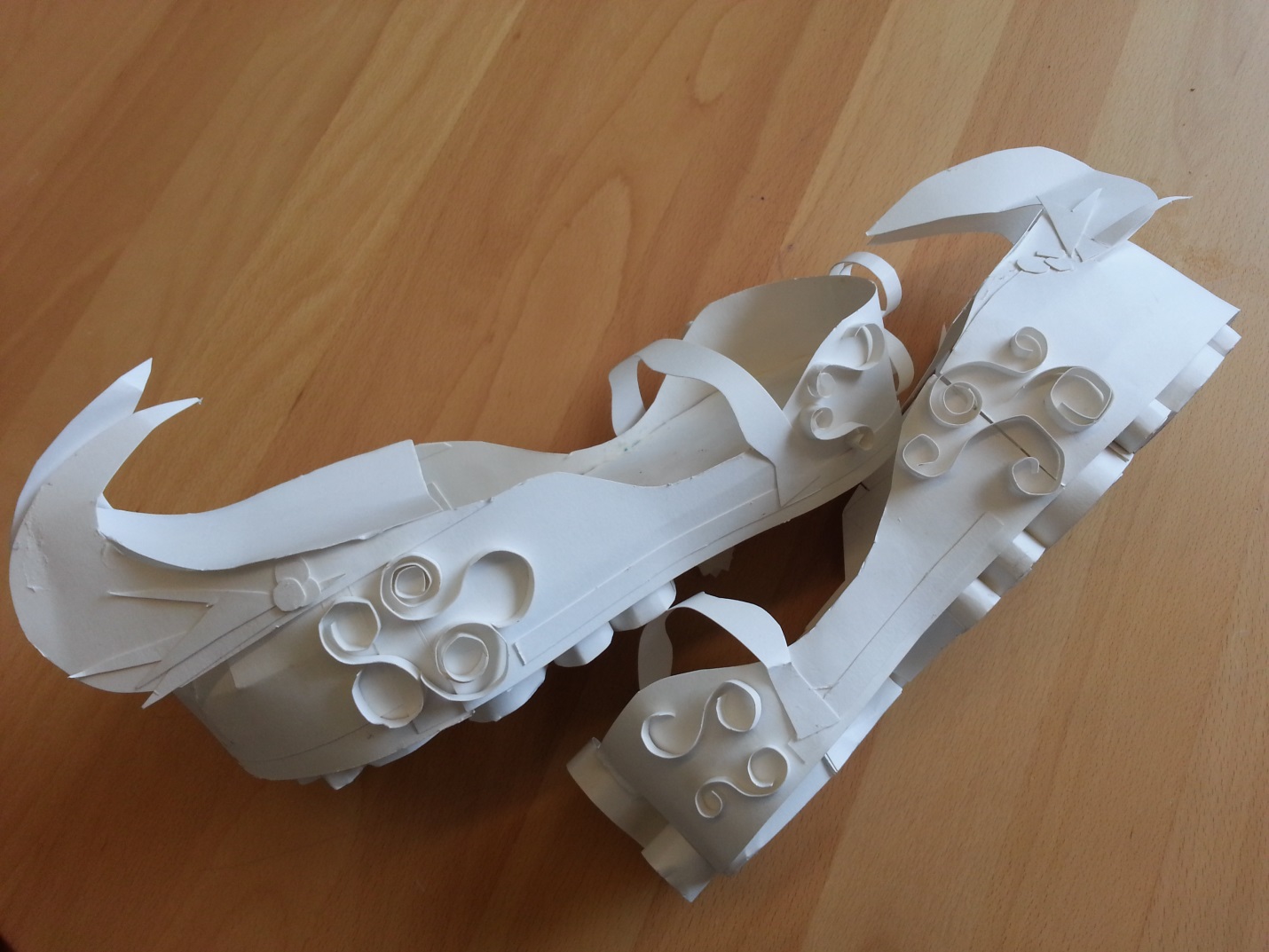
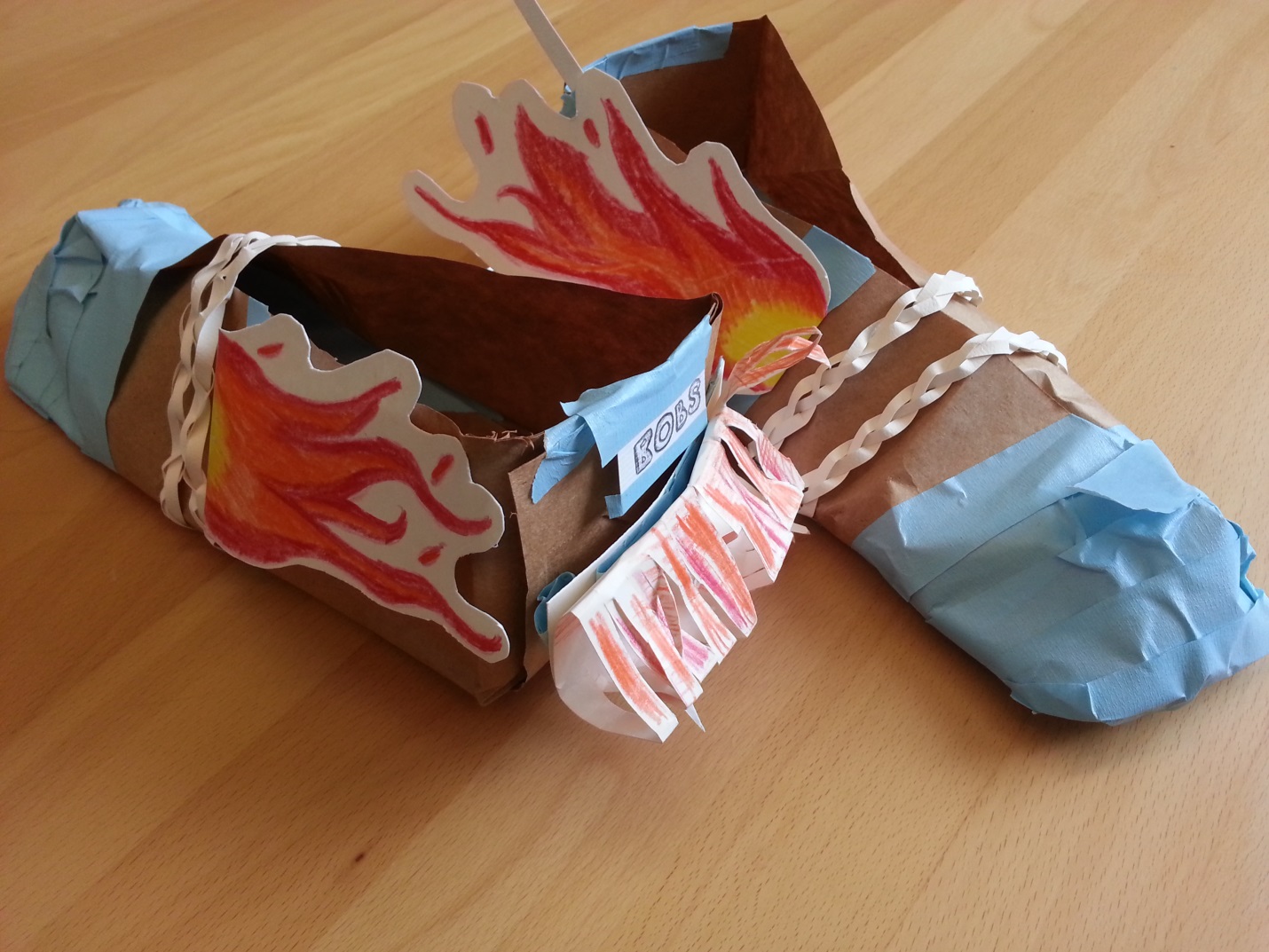
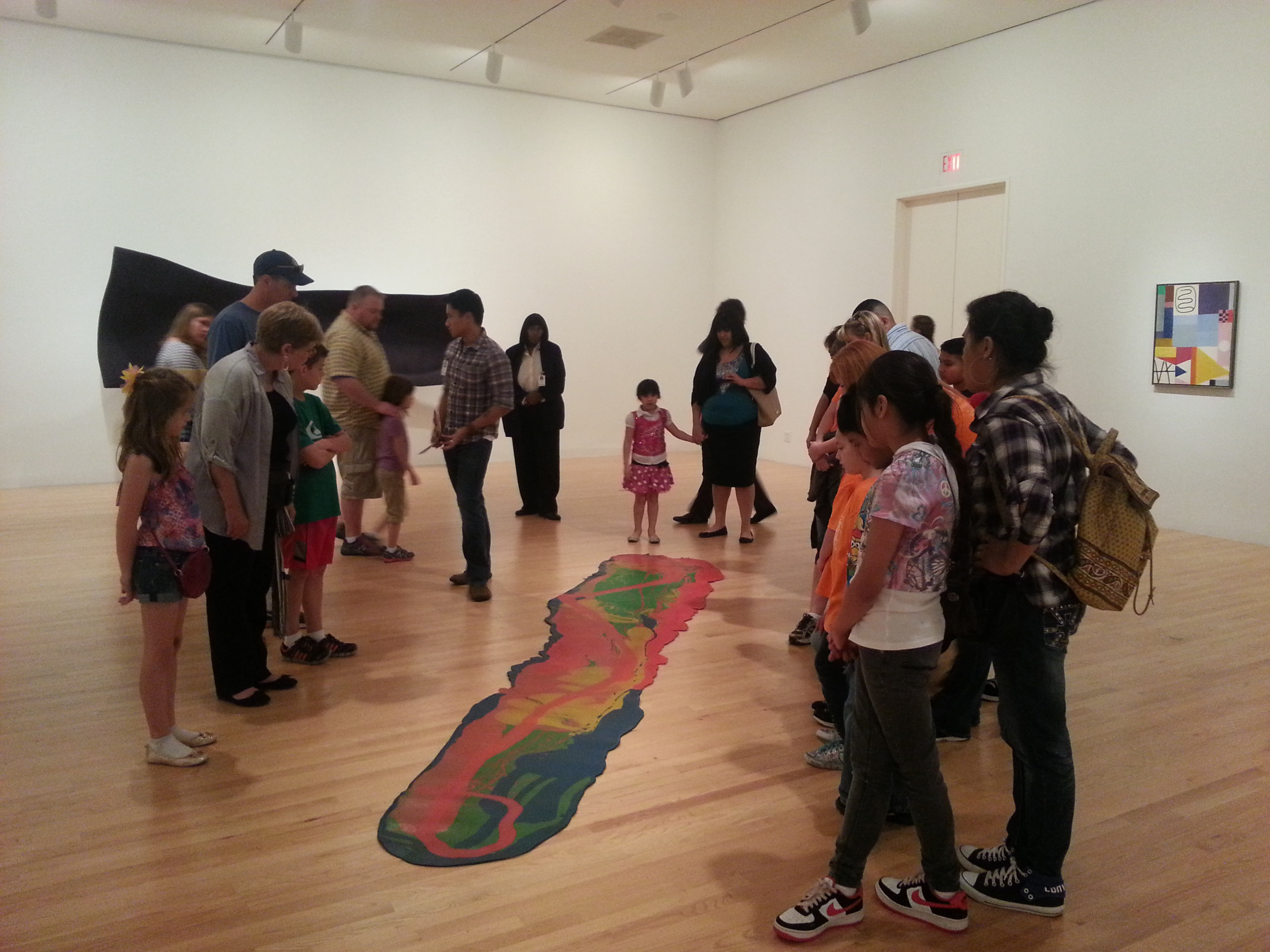
![IMG_0449[1]](https://blog.dma.org/wp-content/uploads/2013/02/img_04491.jpg?w=600)
![IMG_0450[1]](https://blog.dma.org/wp-content/uploads/2013/02/img_04501.jpg?w=600)
![IMG_0451[1]](https://blog.dma.org/wp-content/uploads/2013/02/img_04511.jpg?w=600)
![IMG_0453[1]](https://blog.dma.org/wp-content/uploads/2013/02/img_04531.jpg?w=600)
![IMG_0455[1]](https://blog.dma.org/wp-content/uploads/2013/02/img_04551.jpg?w=600)
![IMG_0458[1]](https://blog.dma.org/wp-content/uploads/2013/02/img_04581.jpg?w=600)
![IMG_0459[1]](https://blog.dma.org/wp-content/uploads/2013/02/img_04591.jpg?w=600)
![IMG_0460[1]](https://blog.dma.org/wp-content/uploads/2013/02/img_04601.jpg?w=450)
